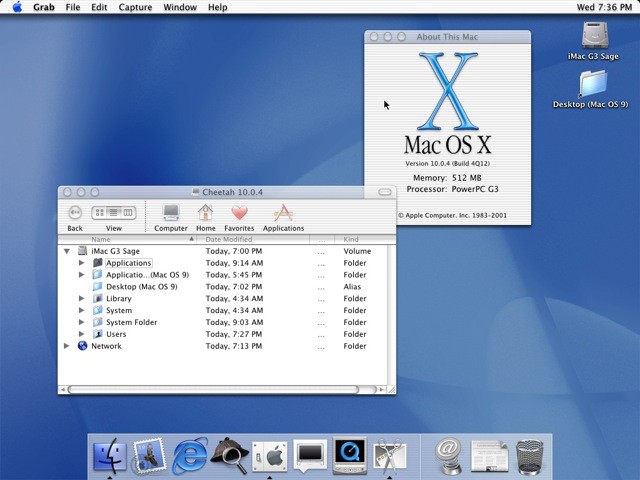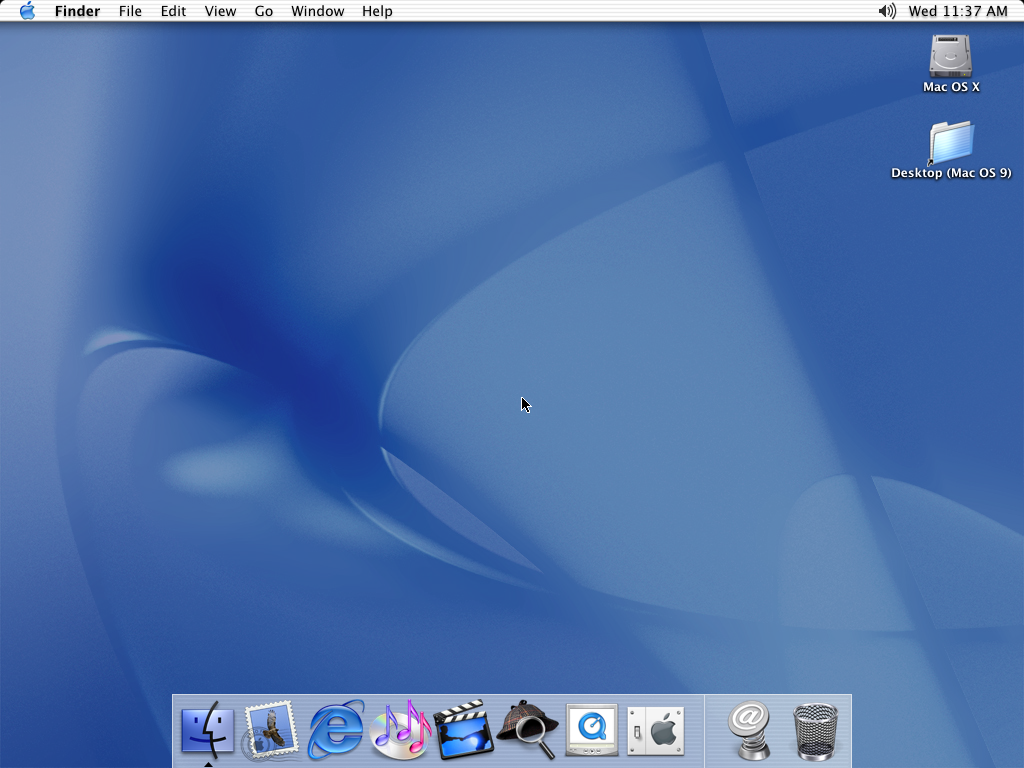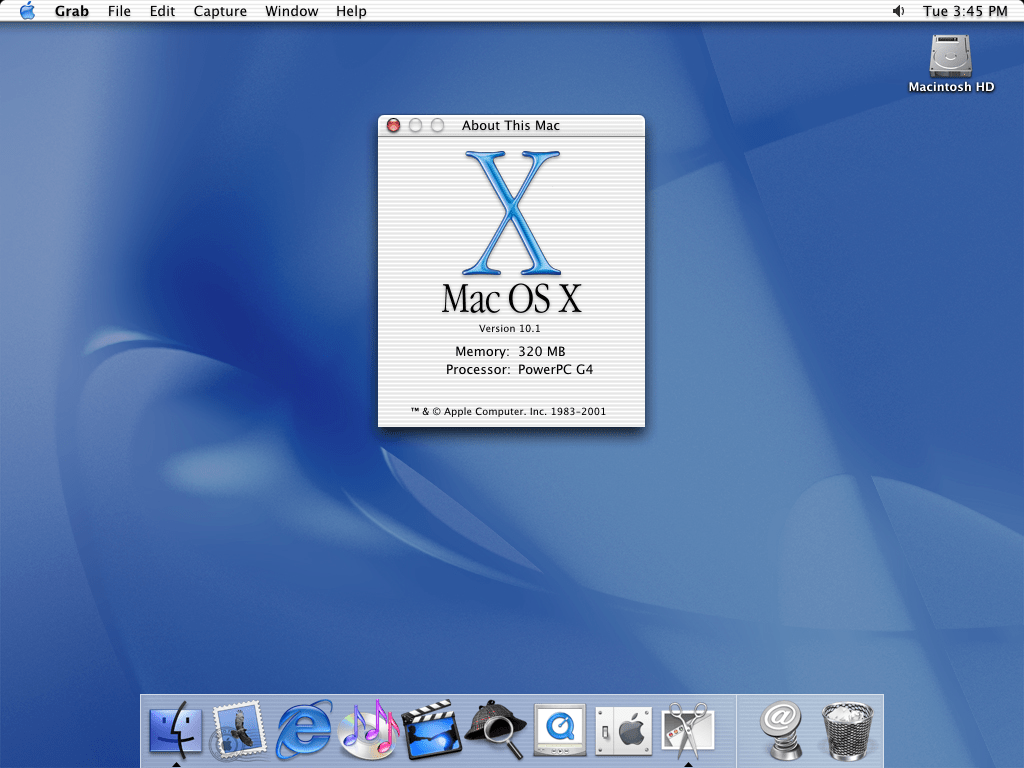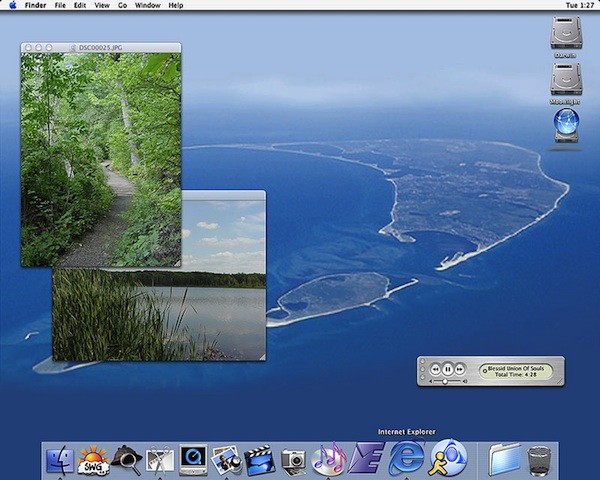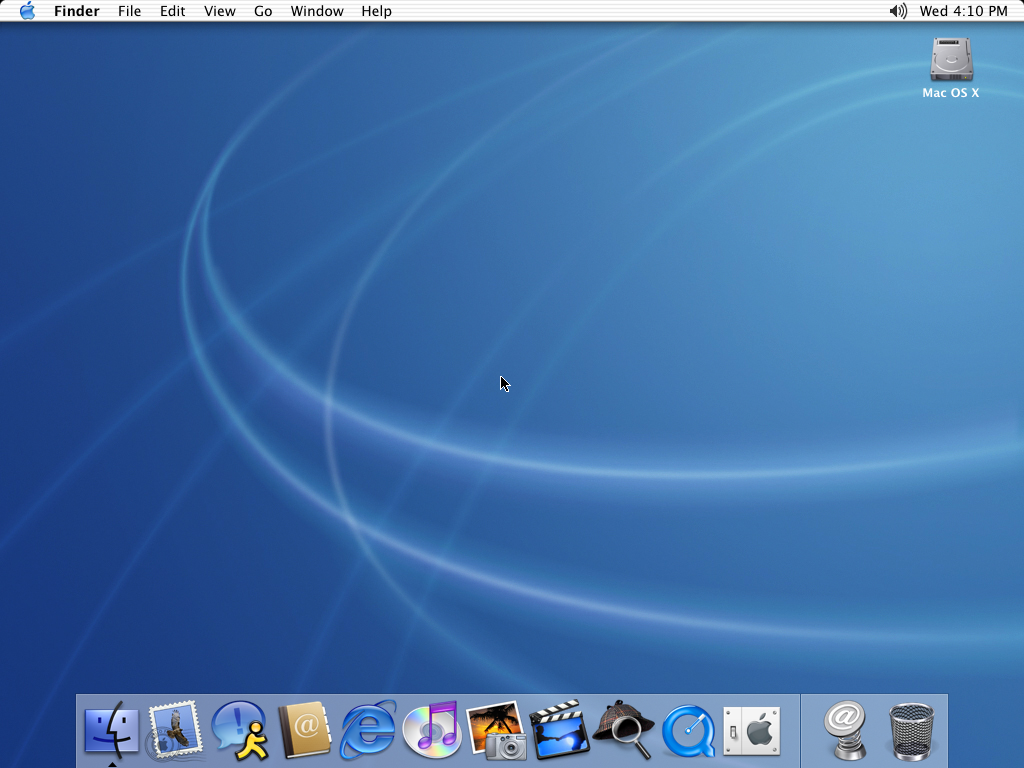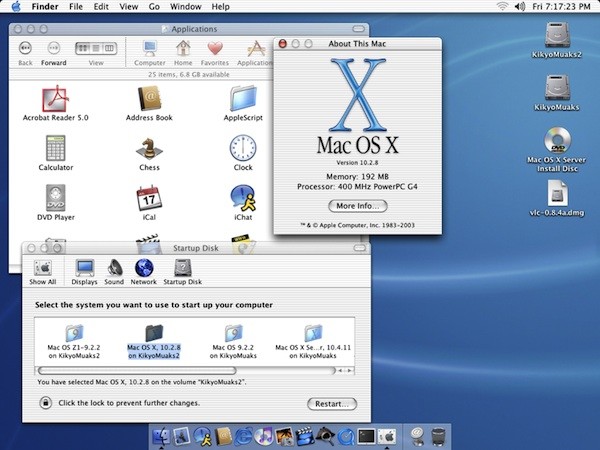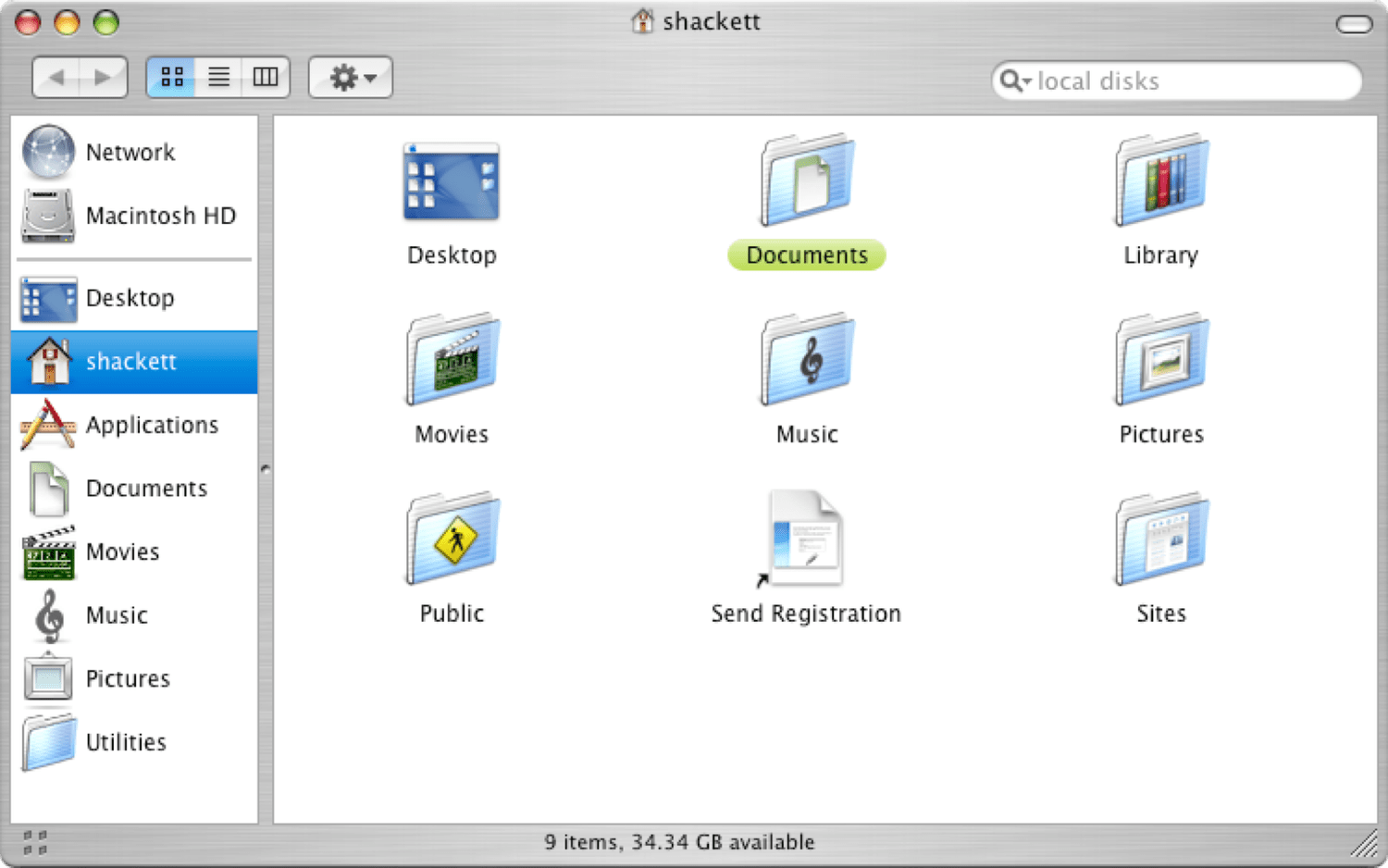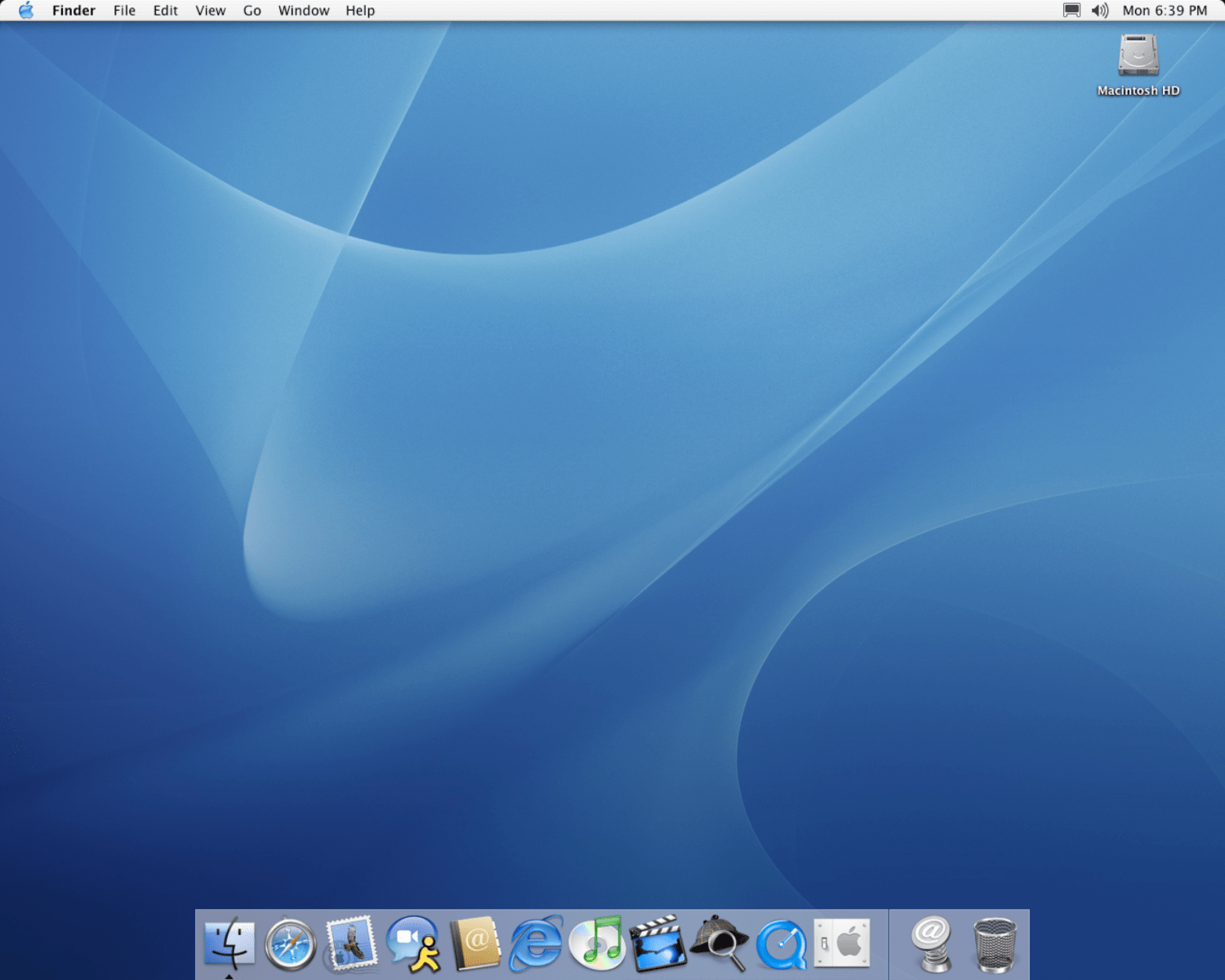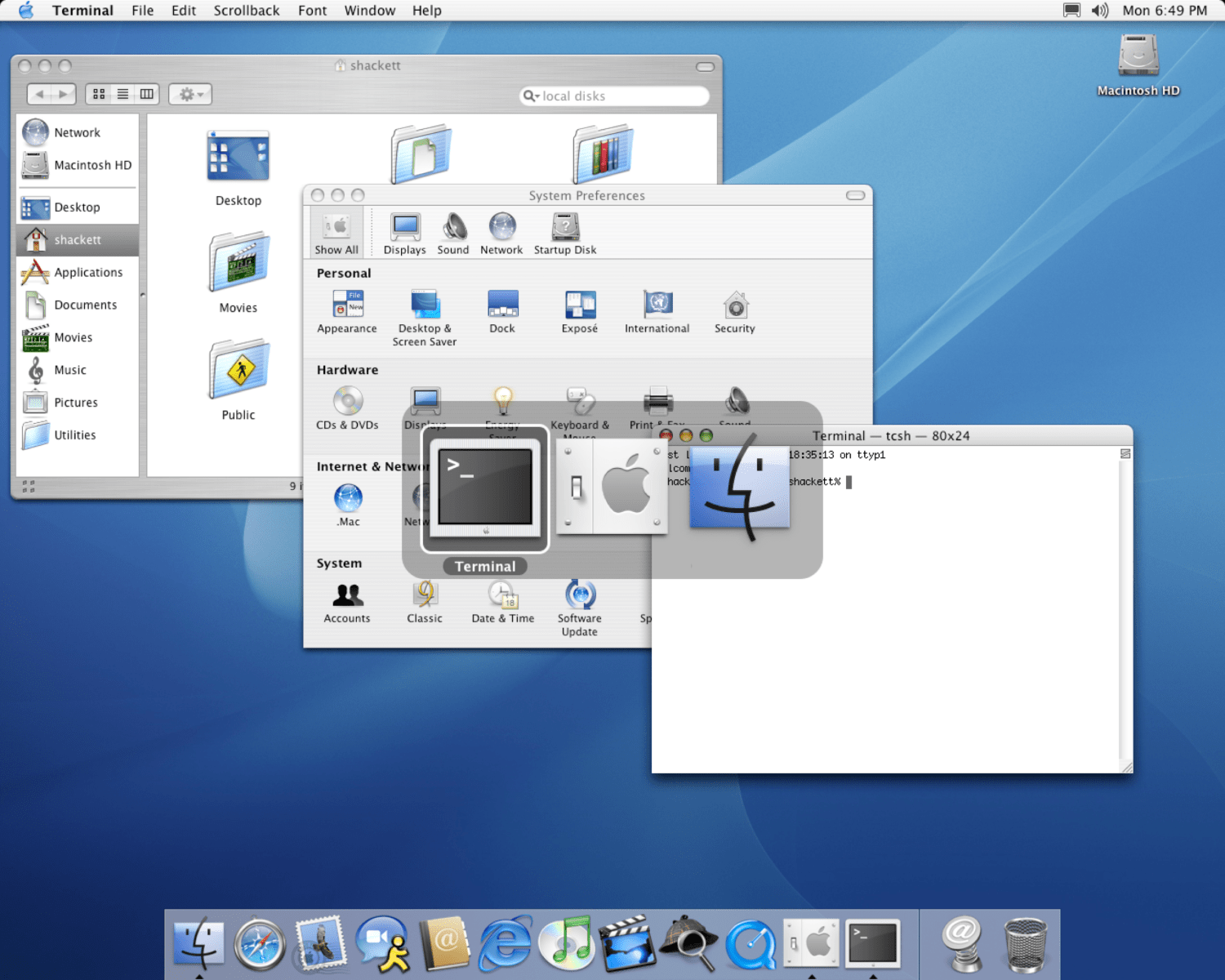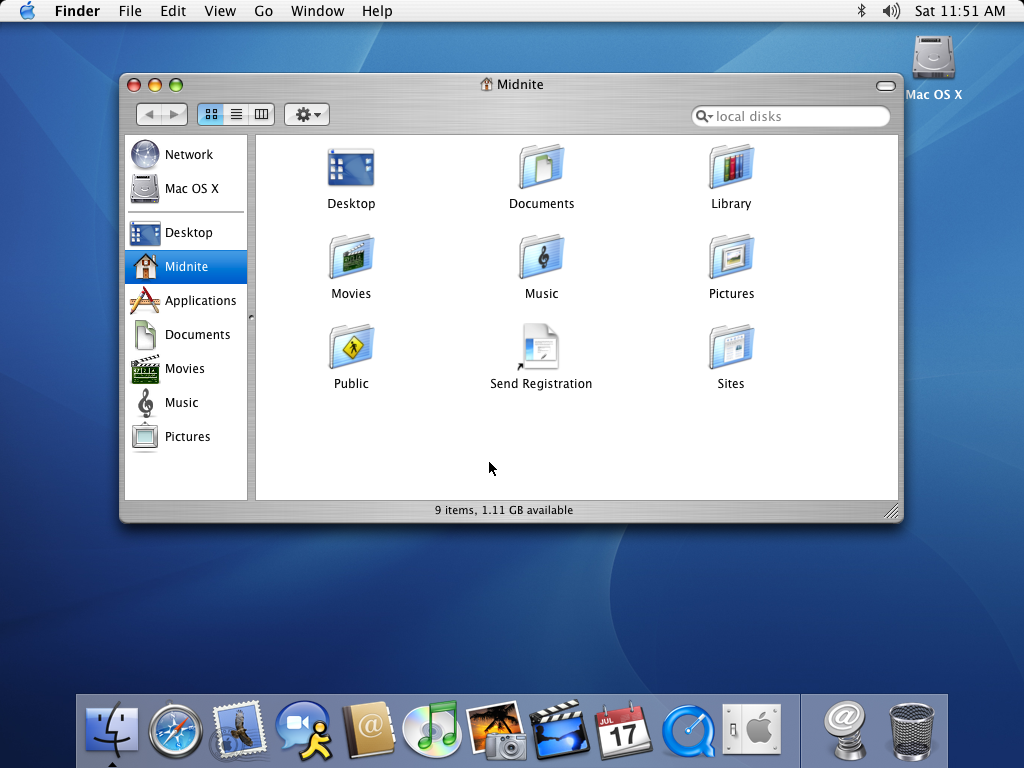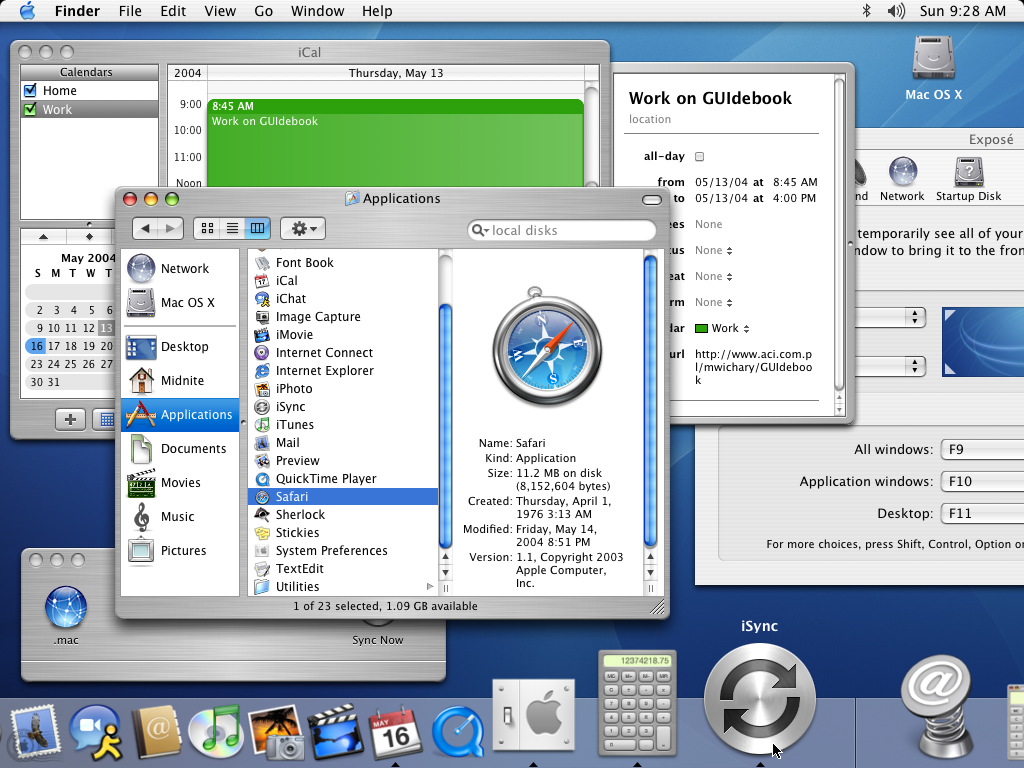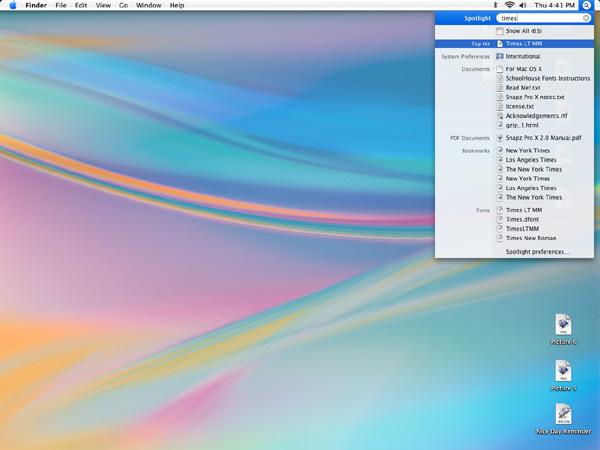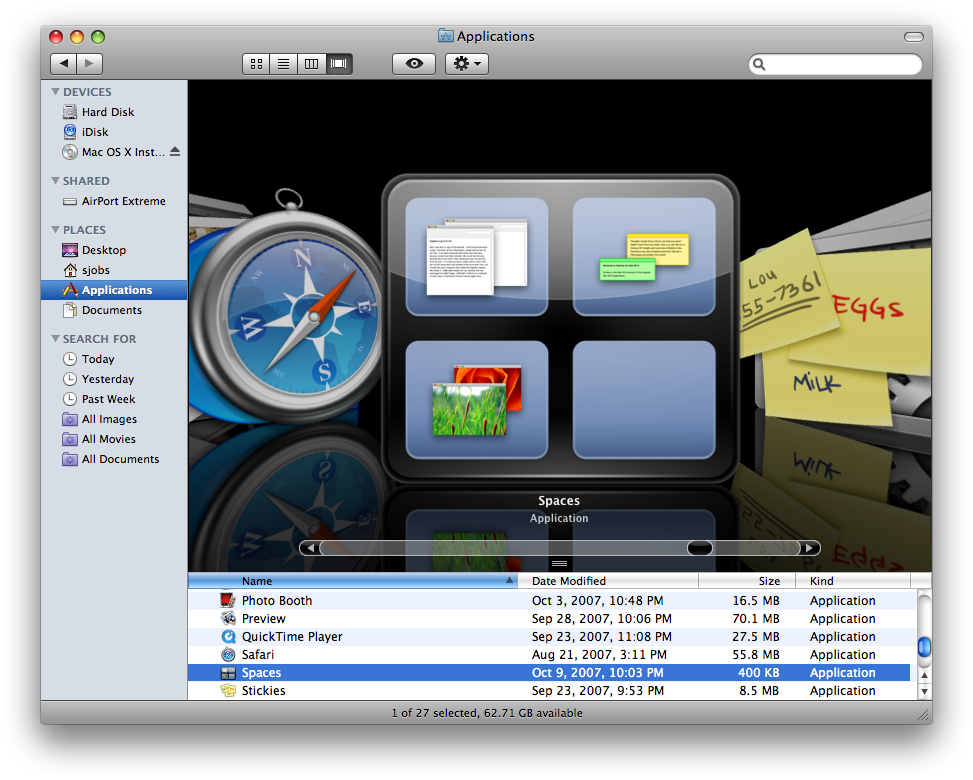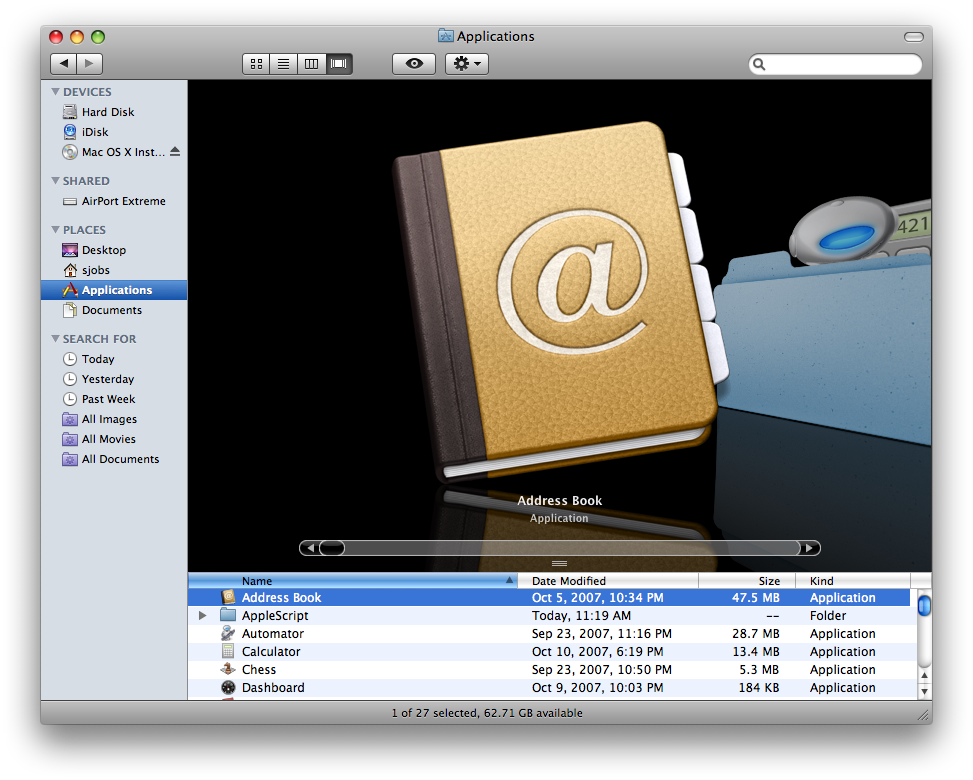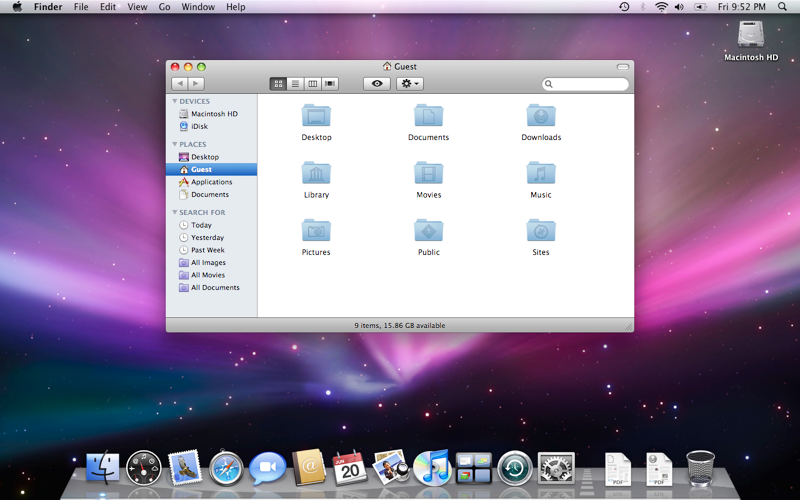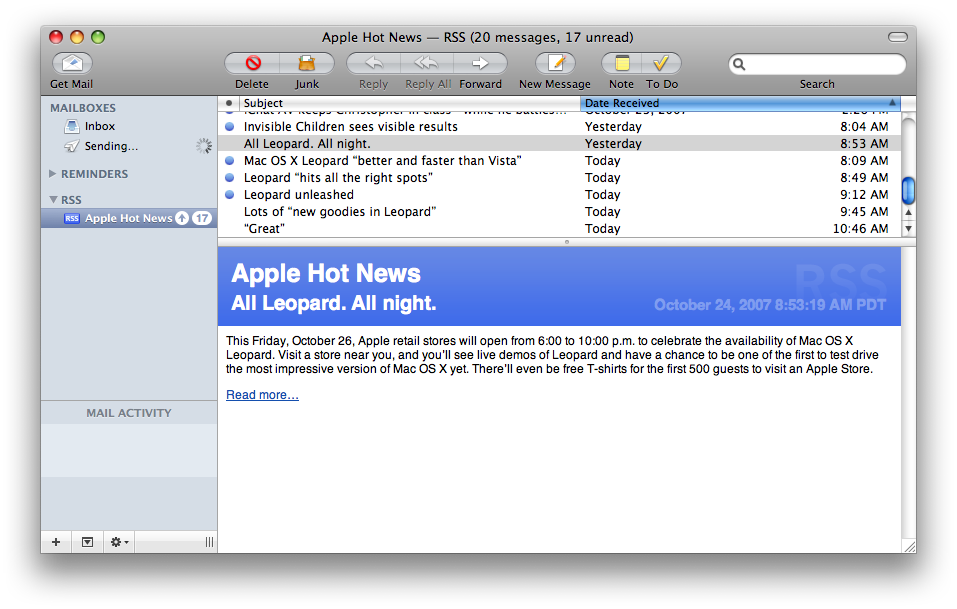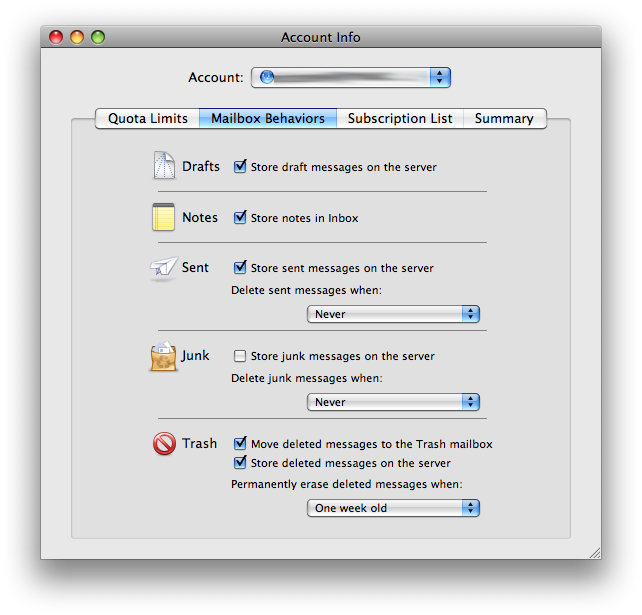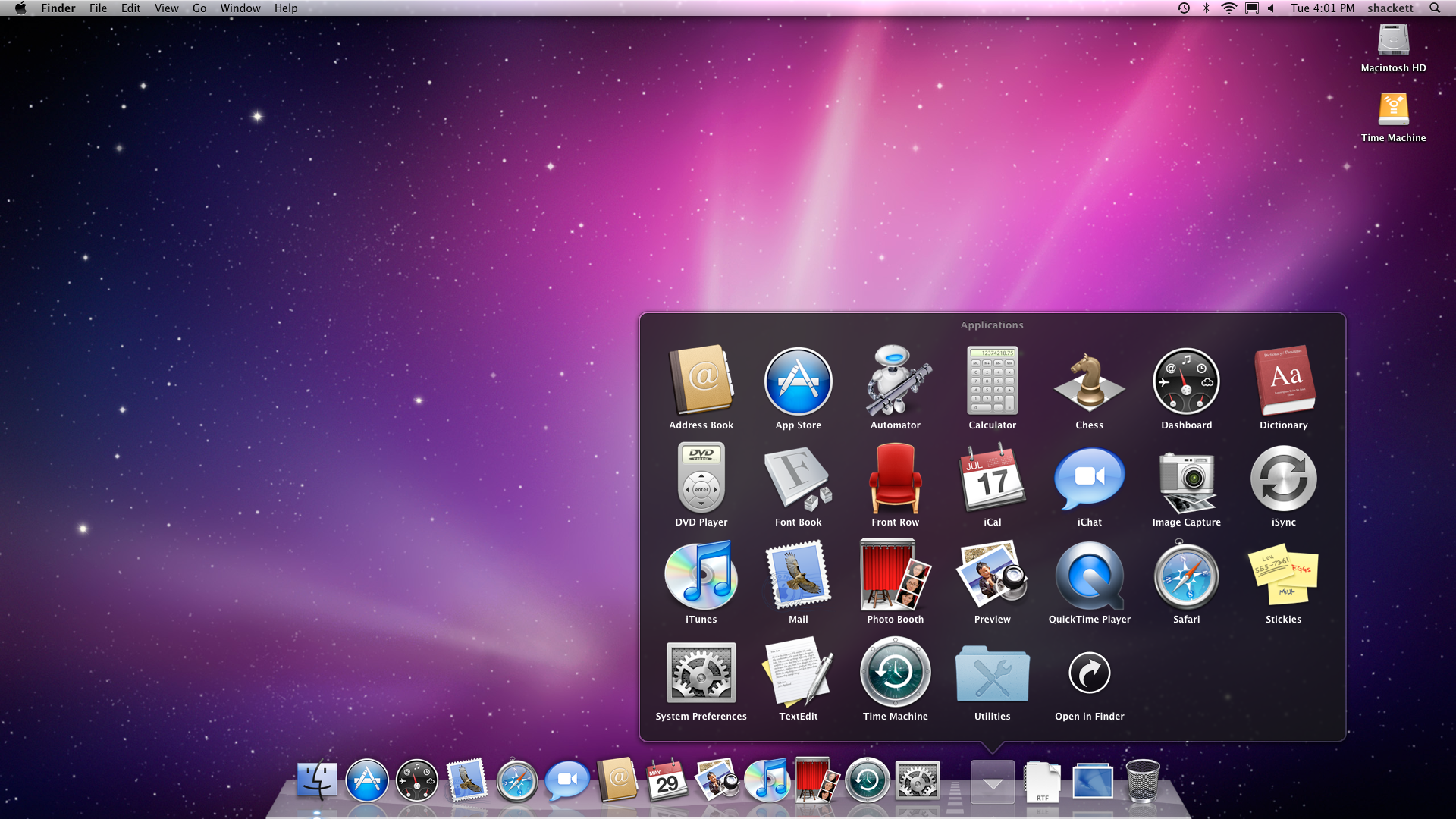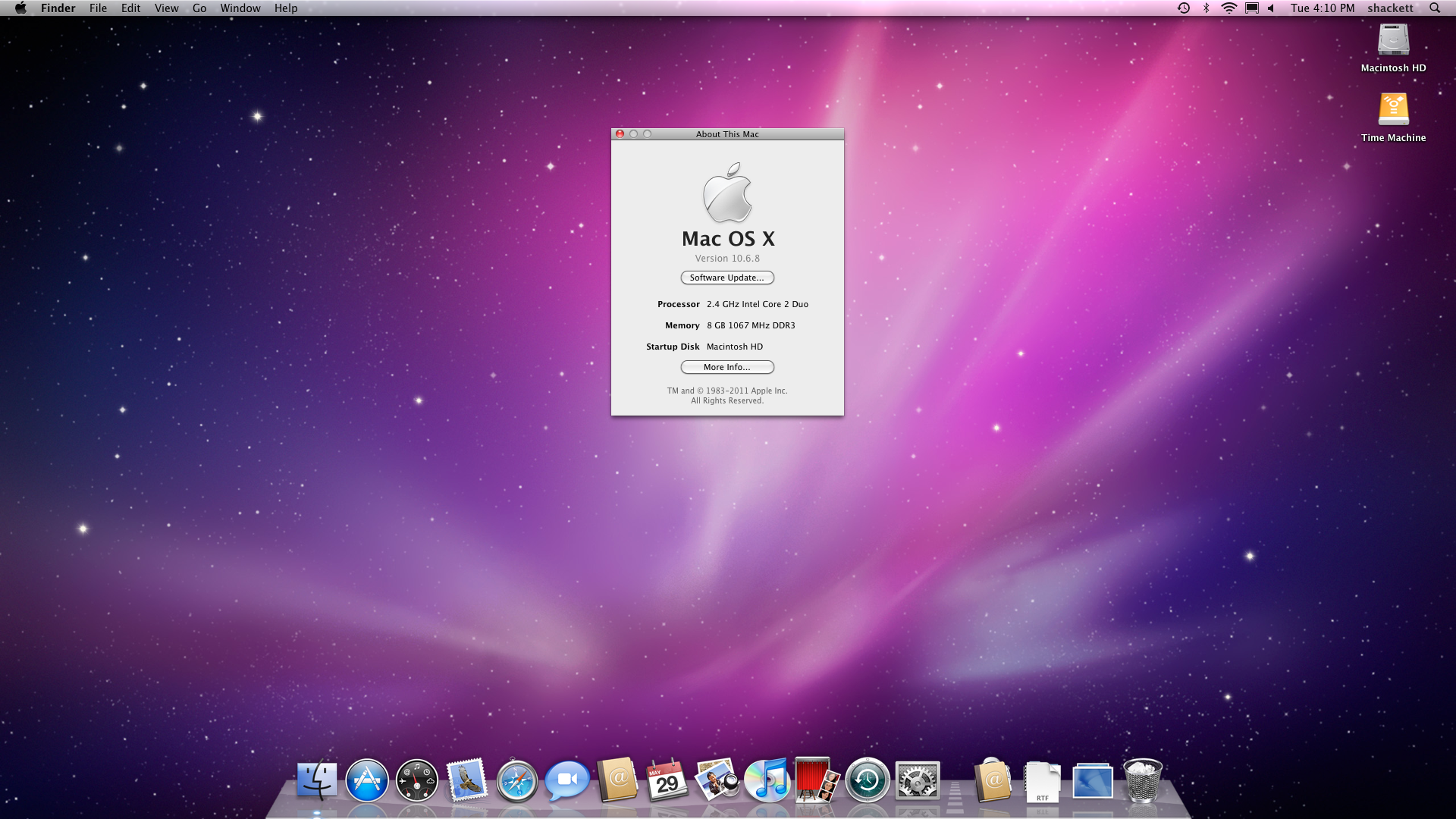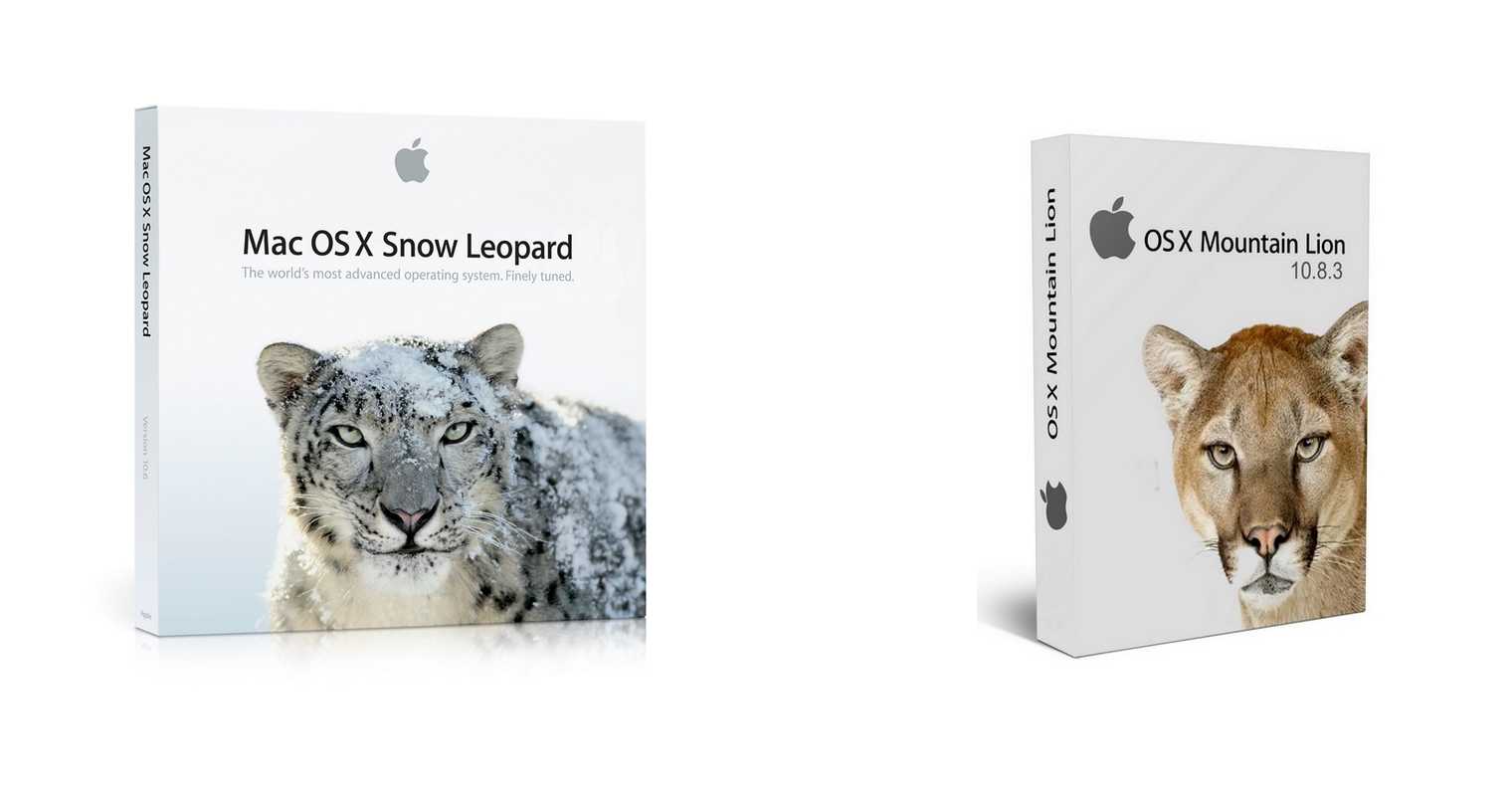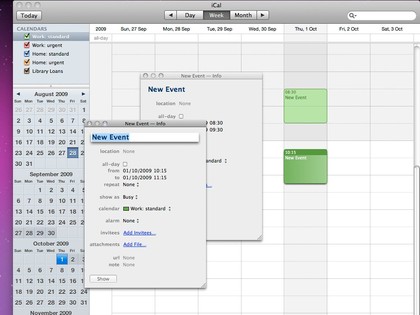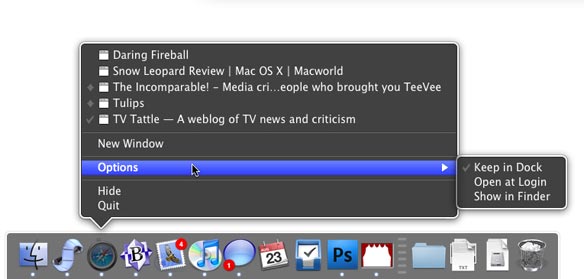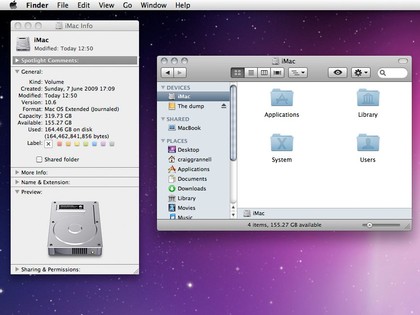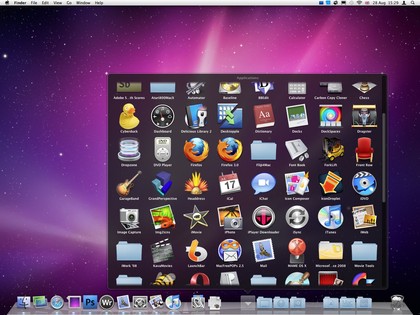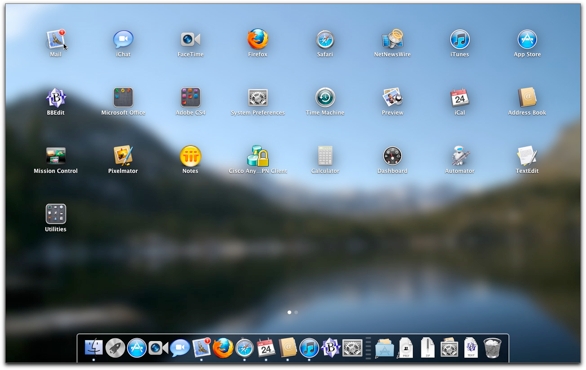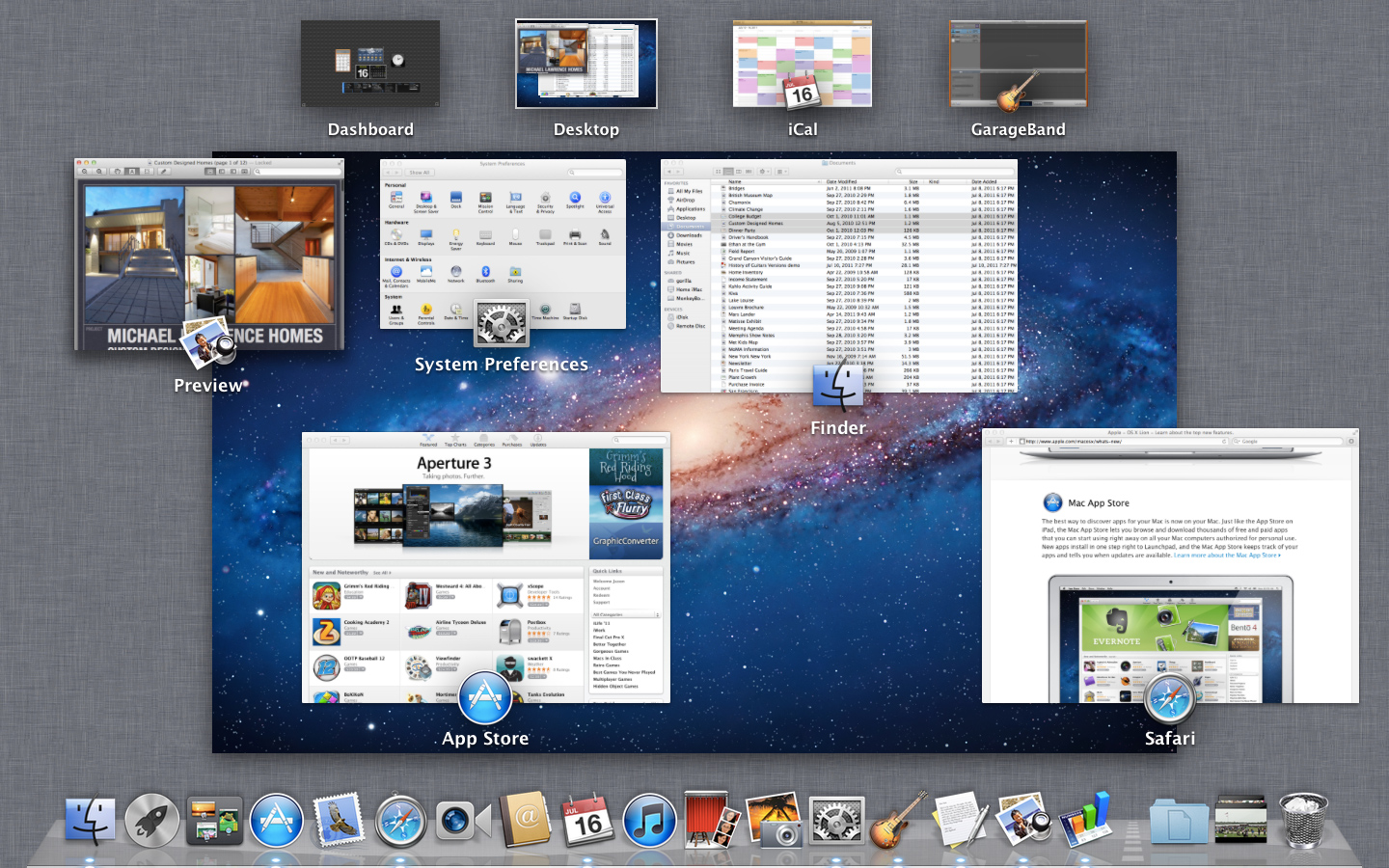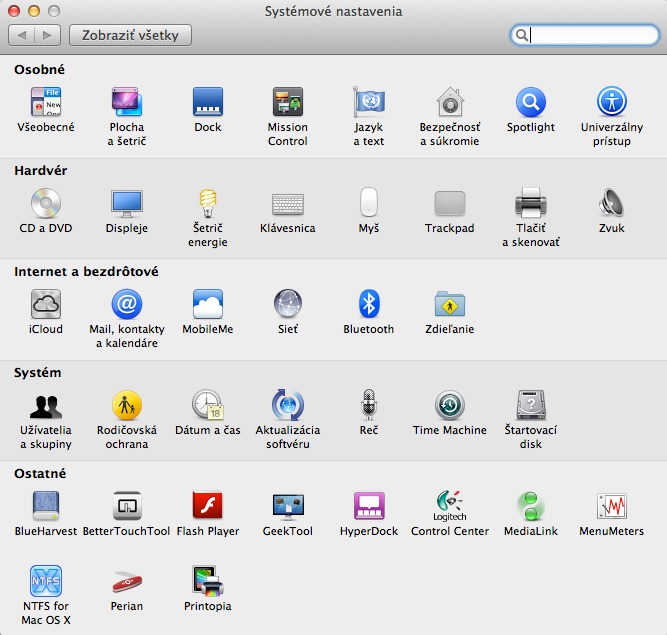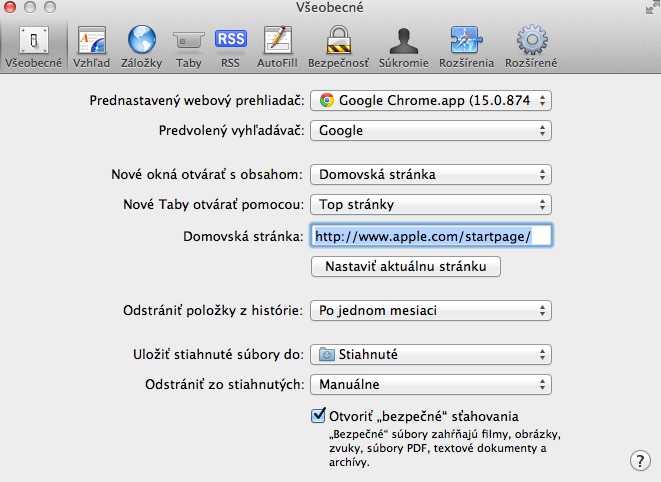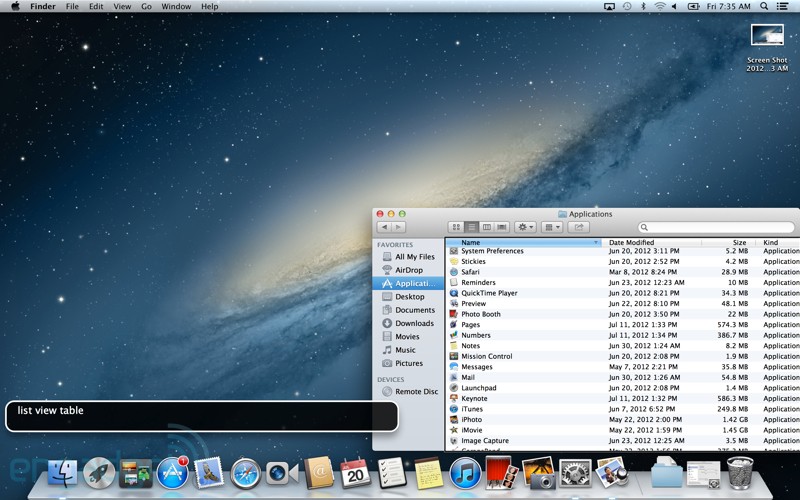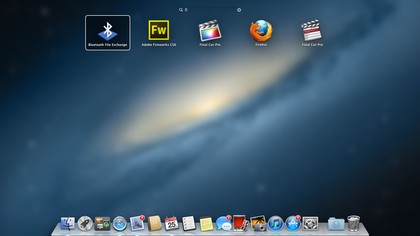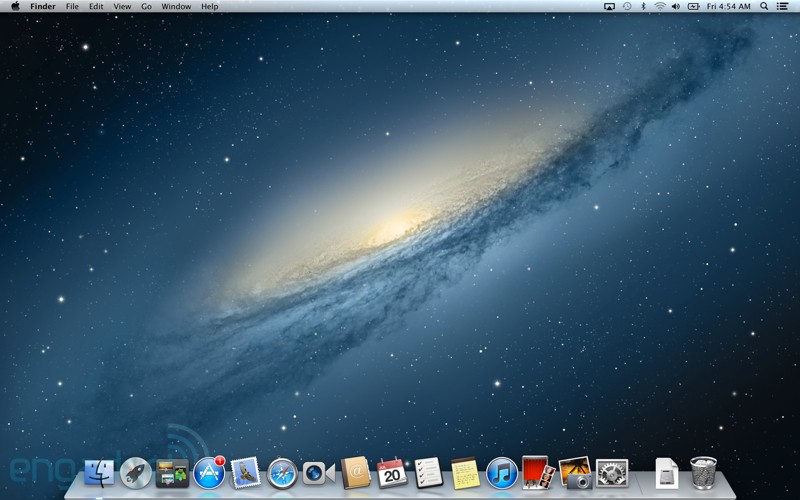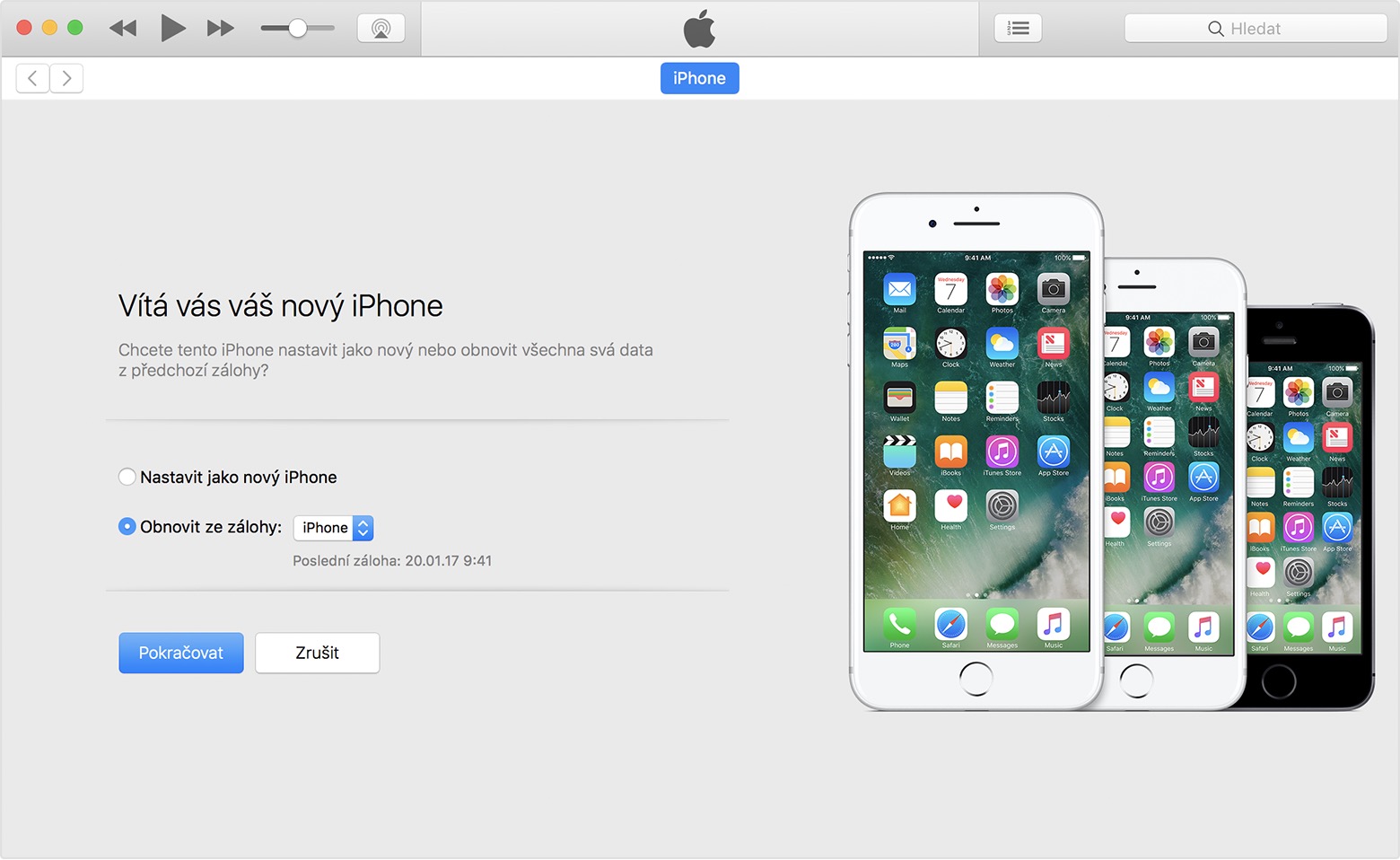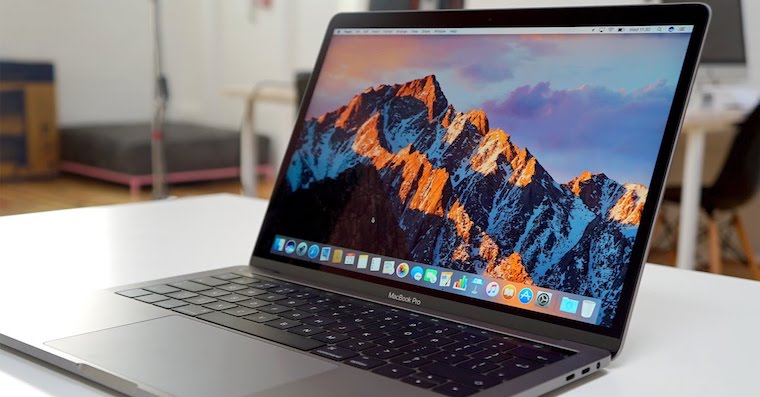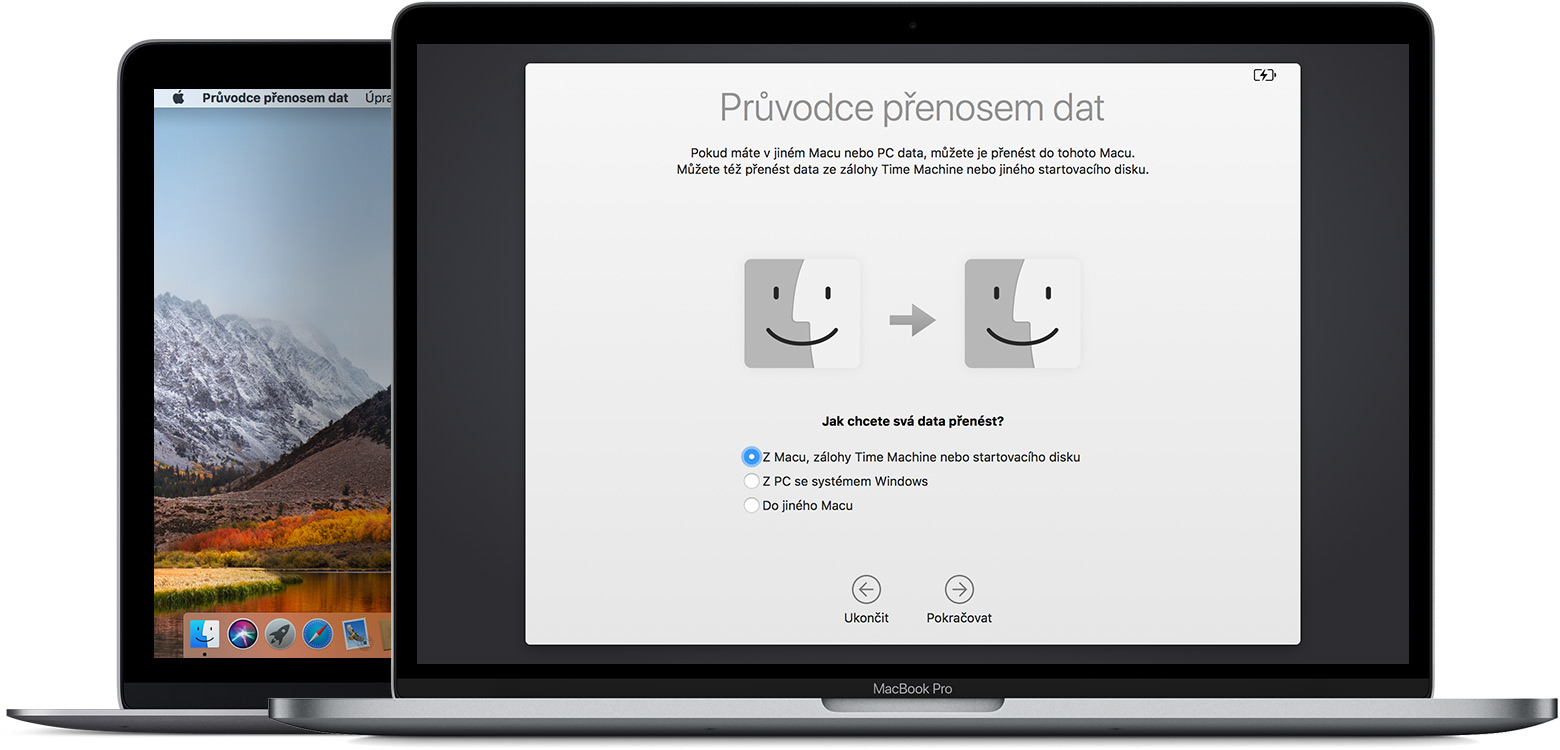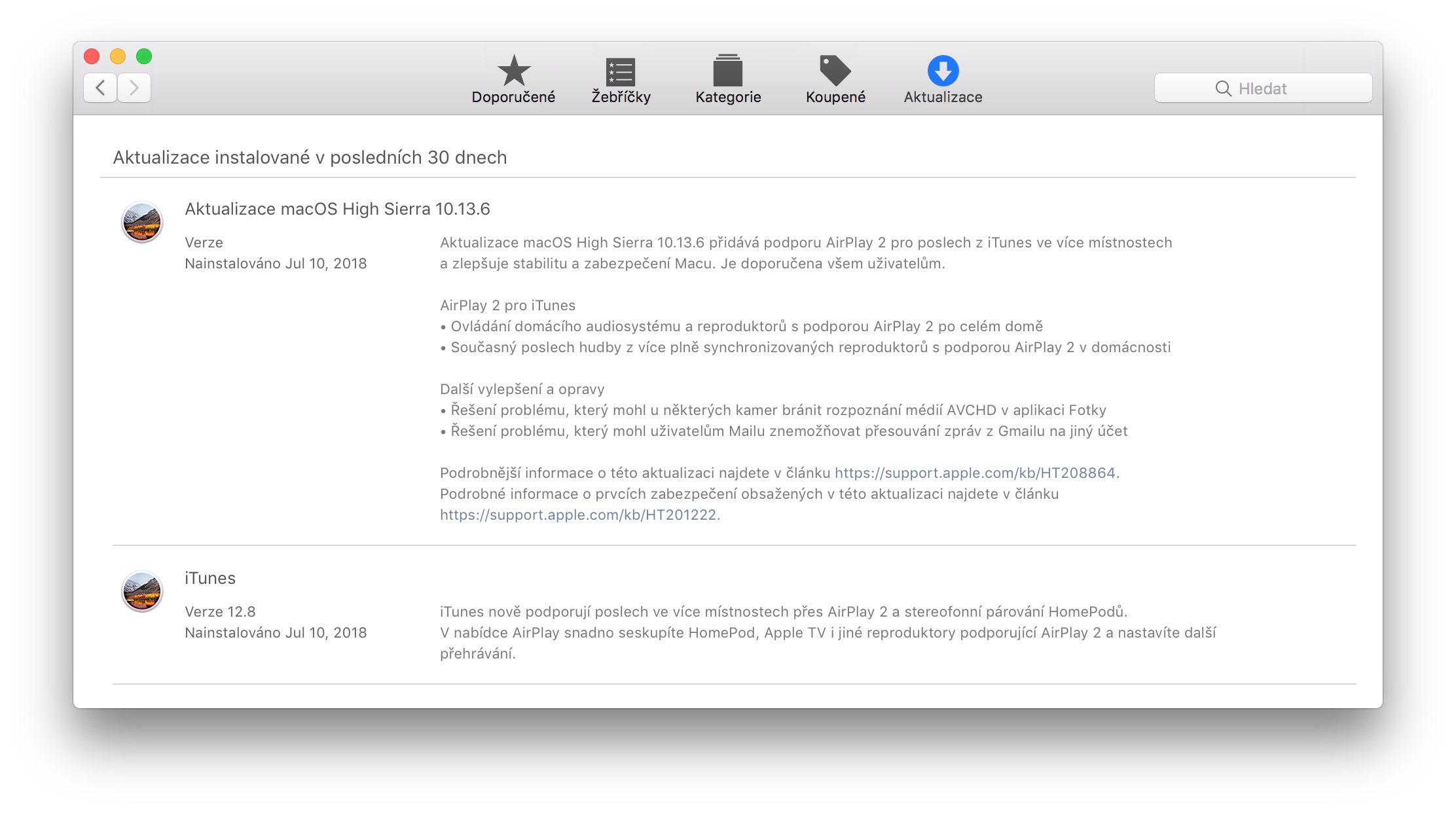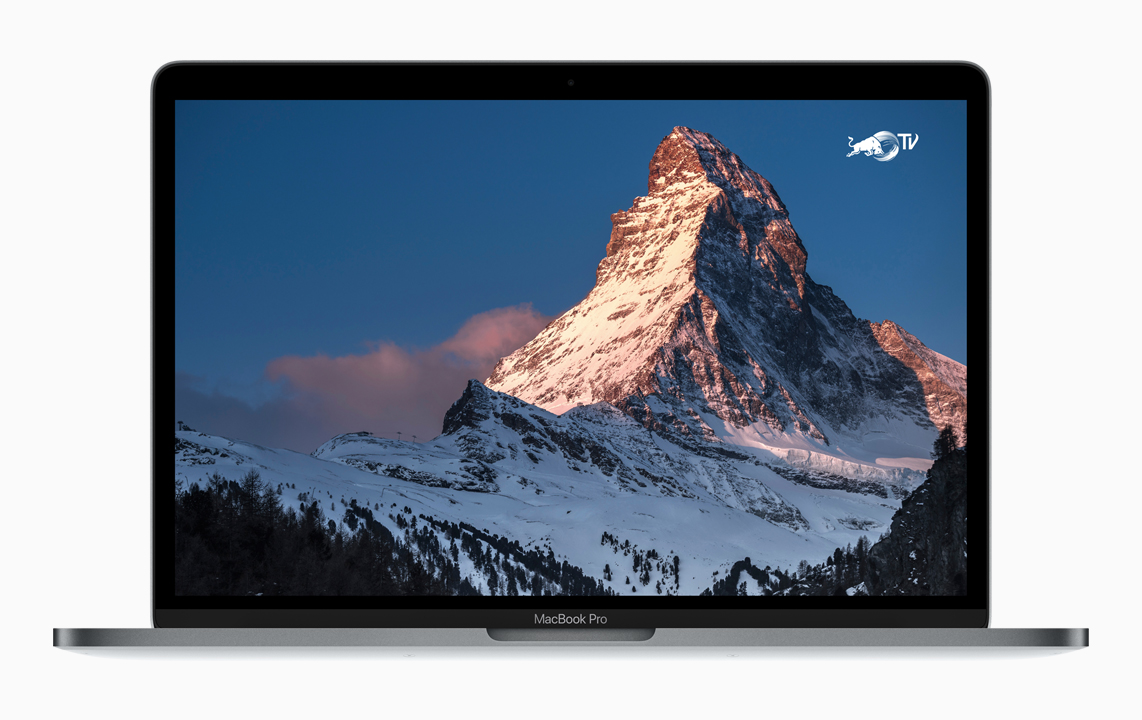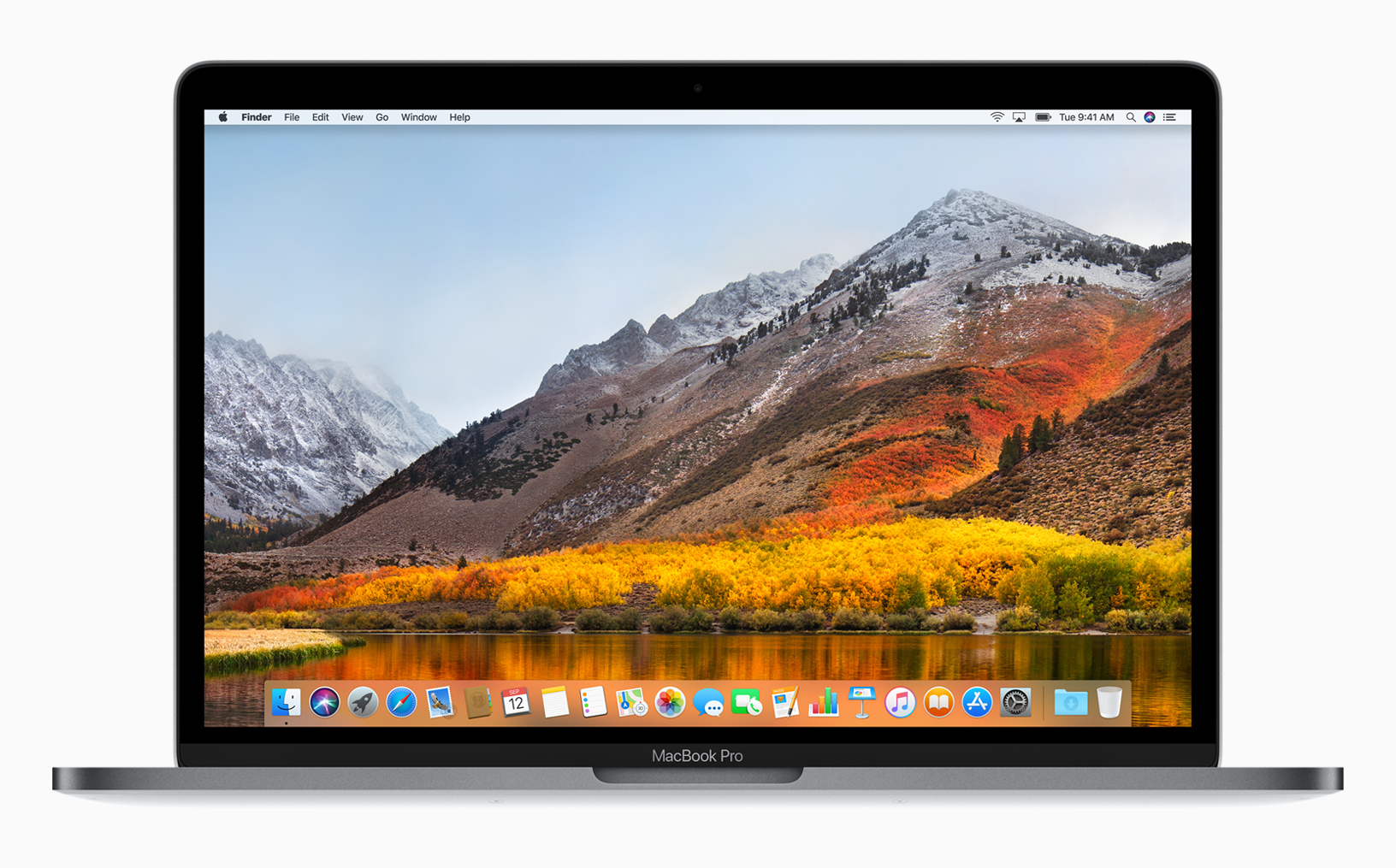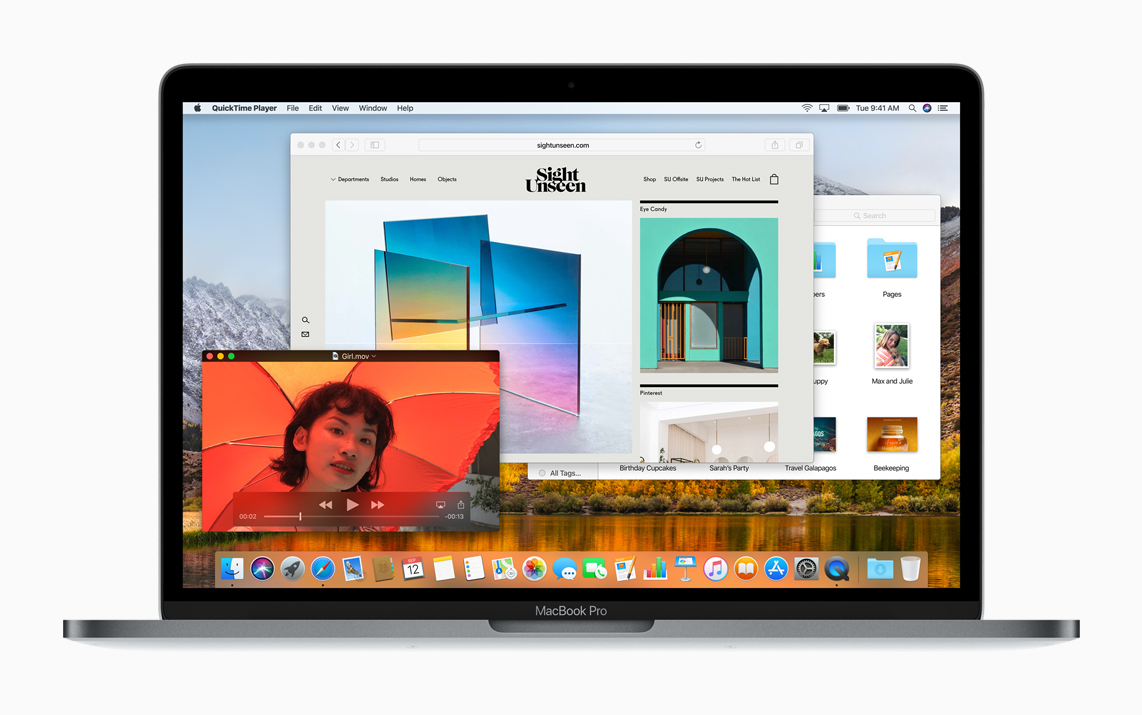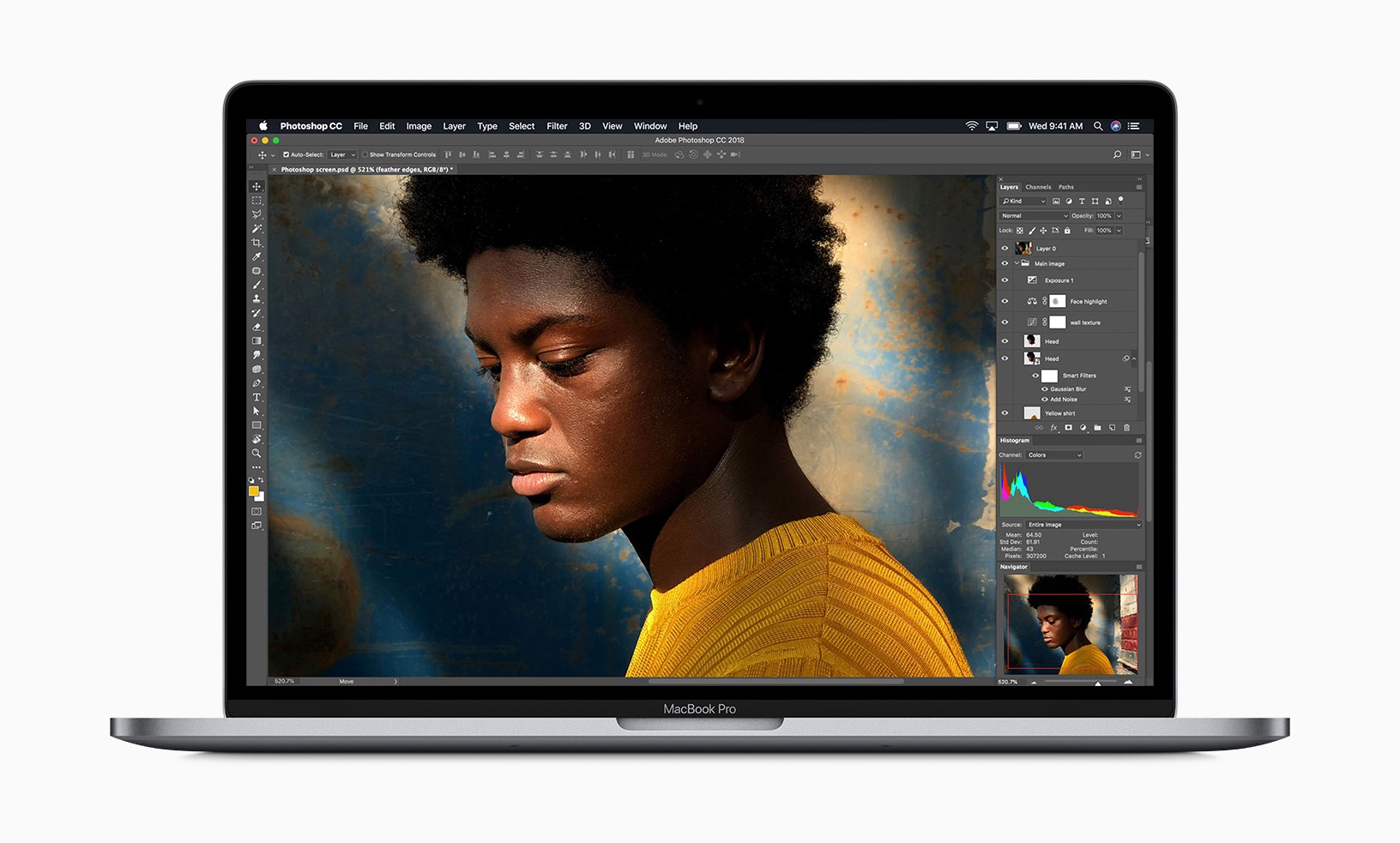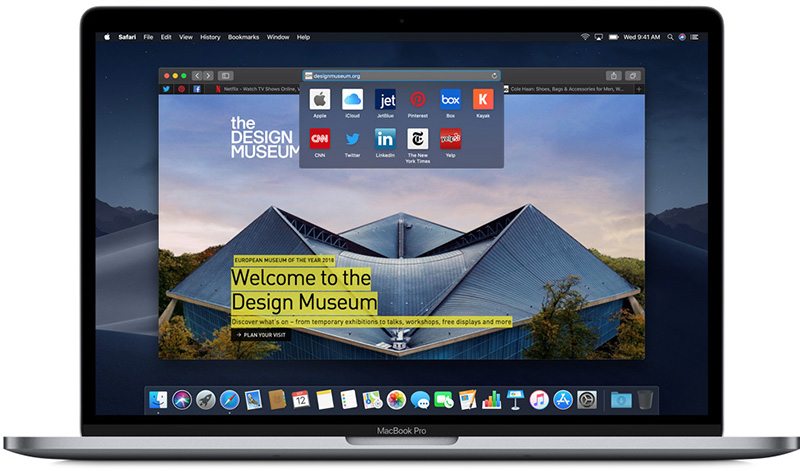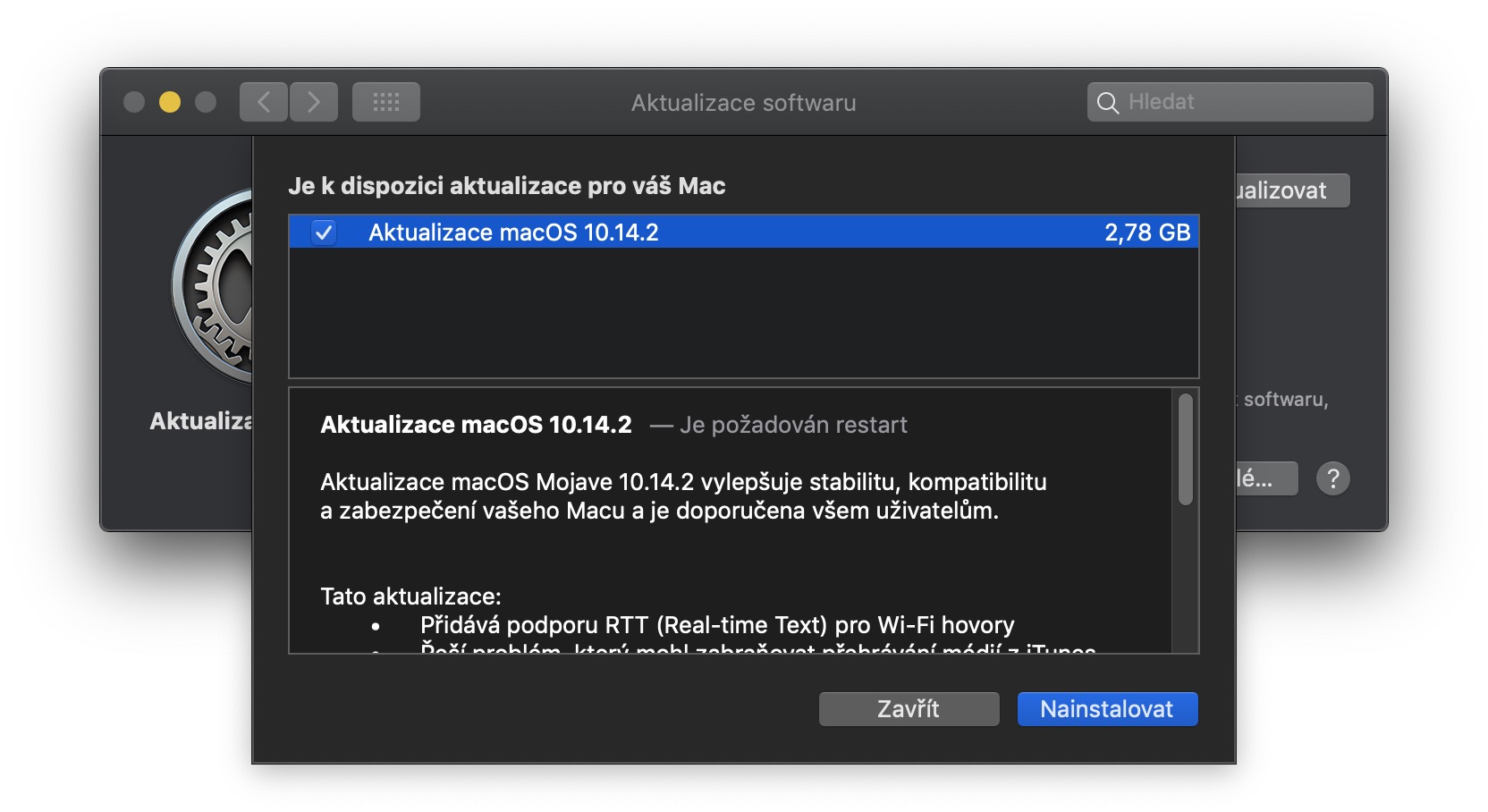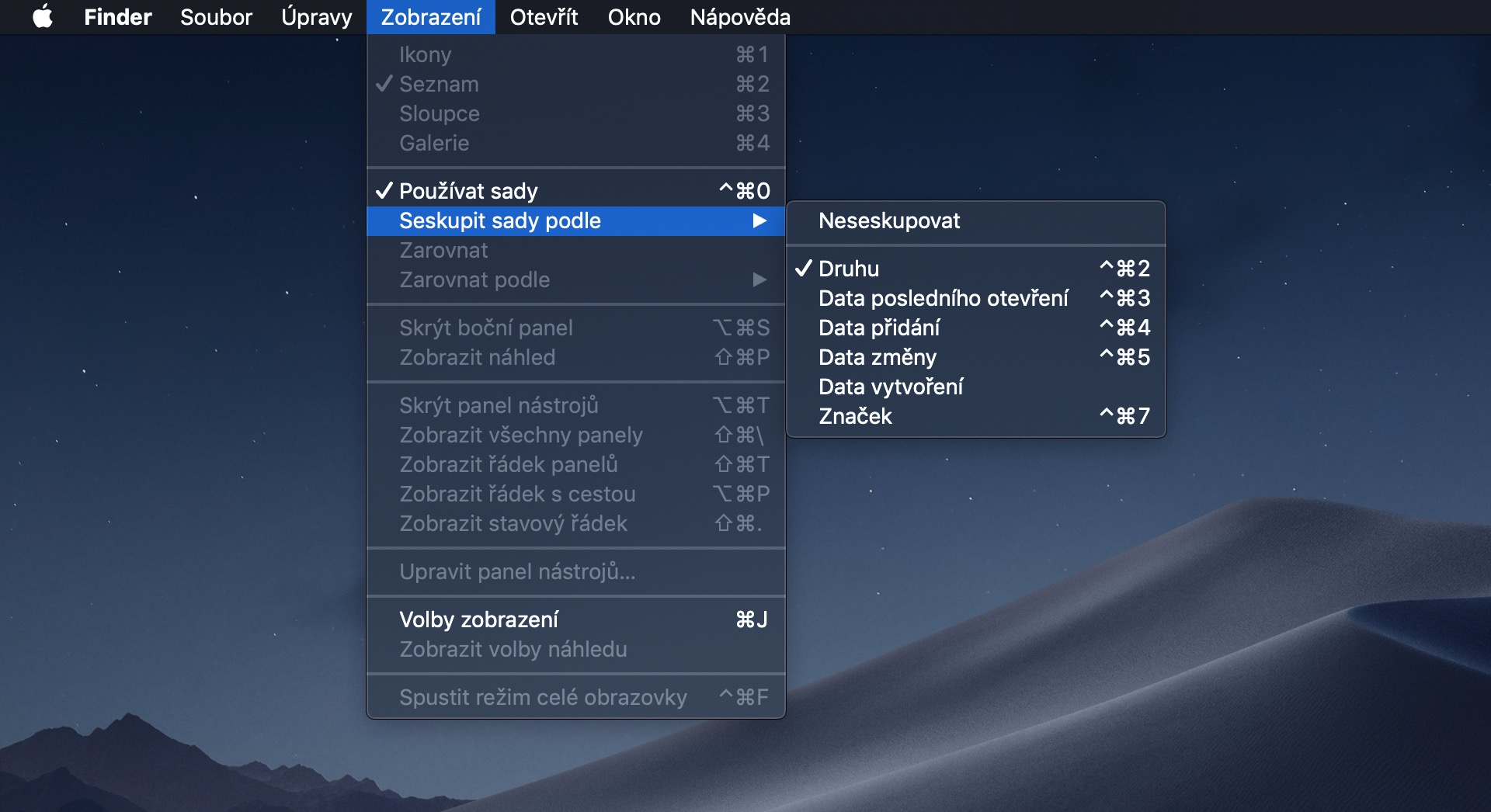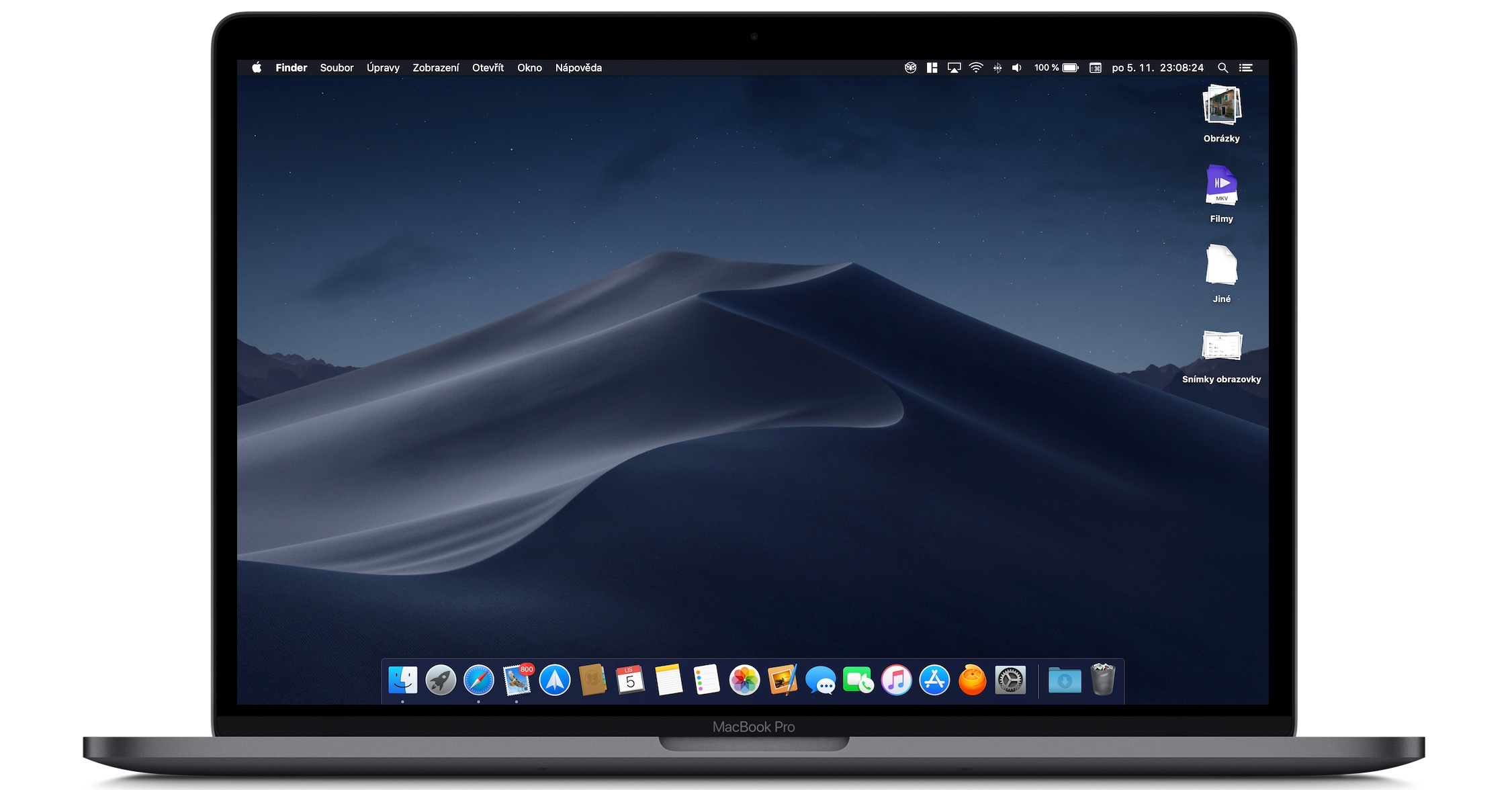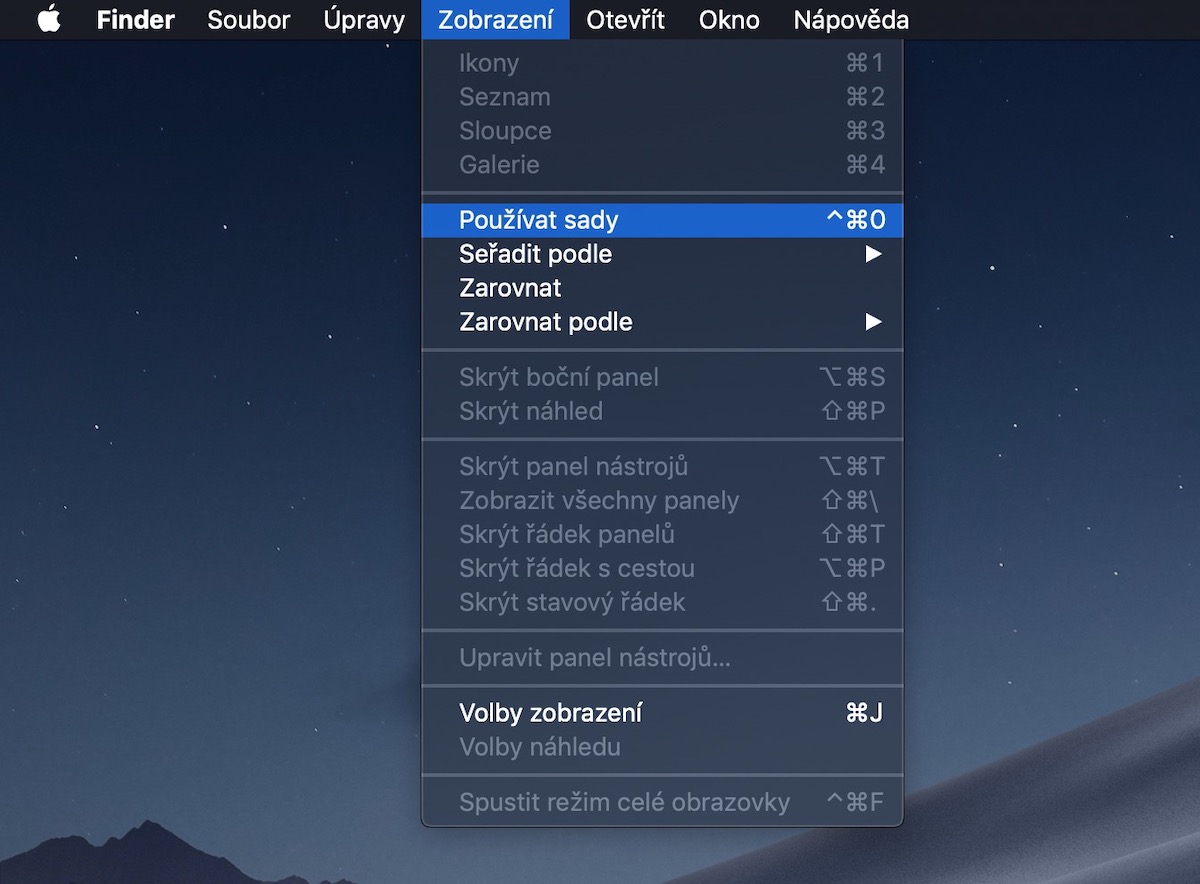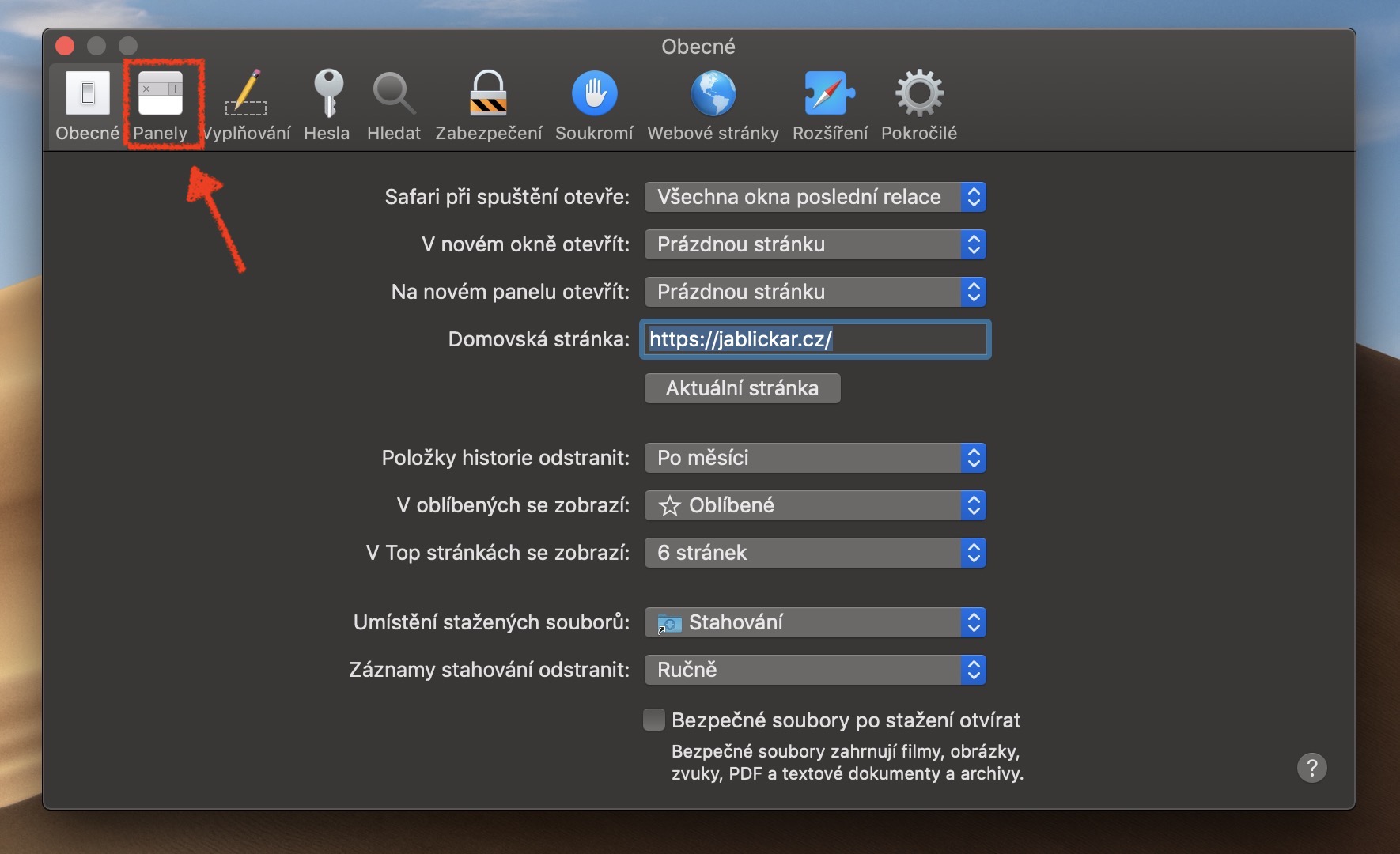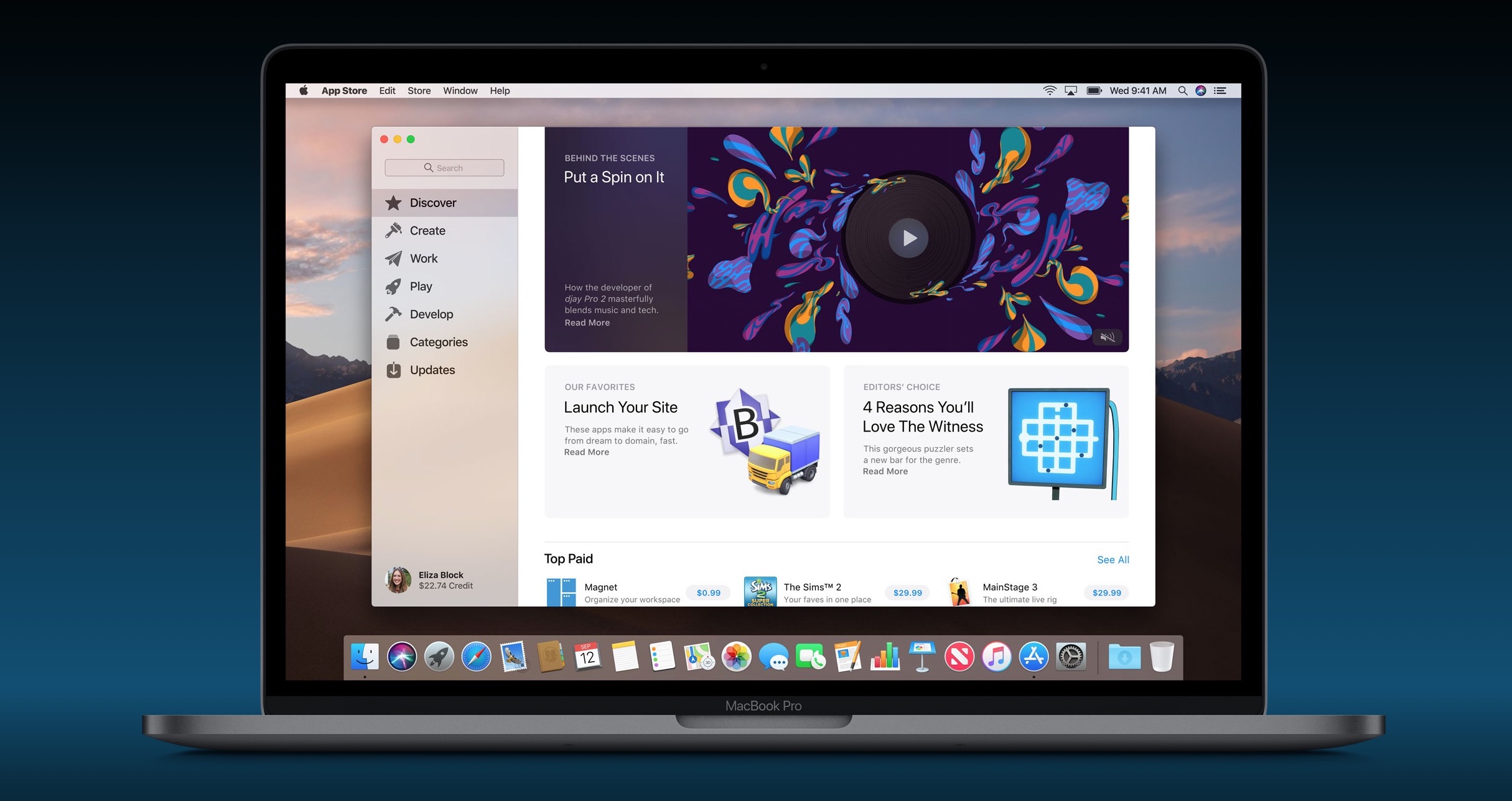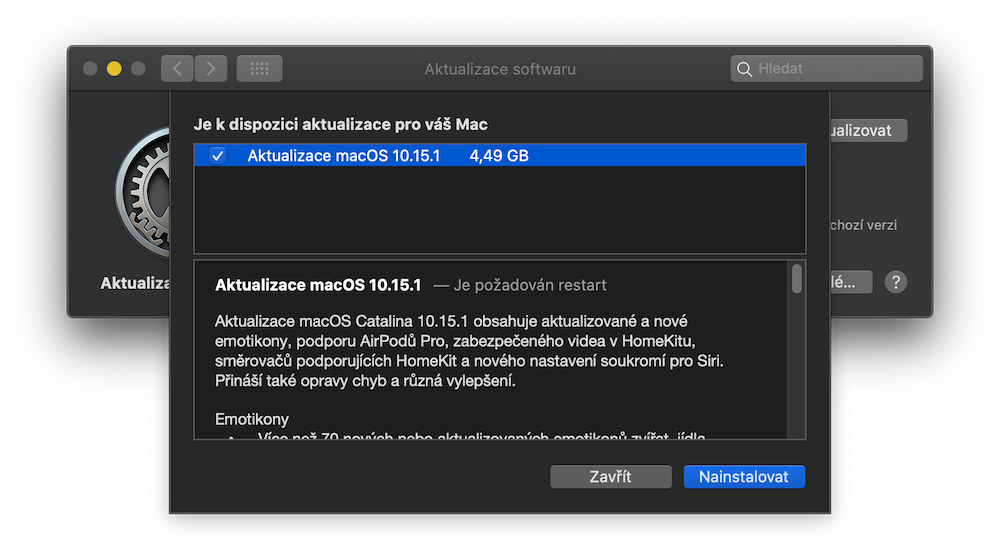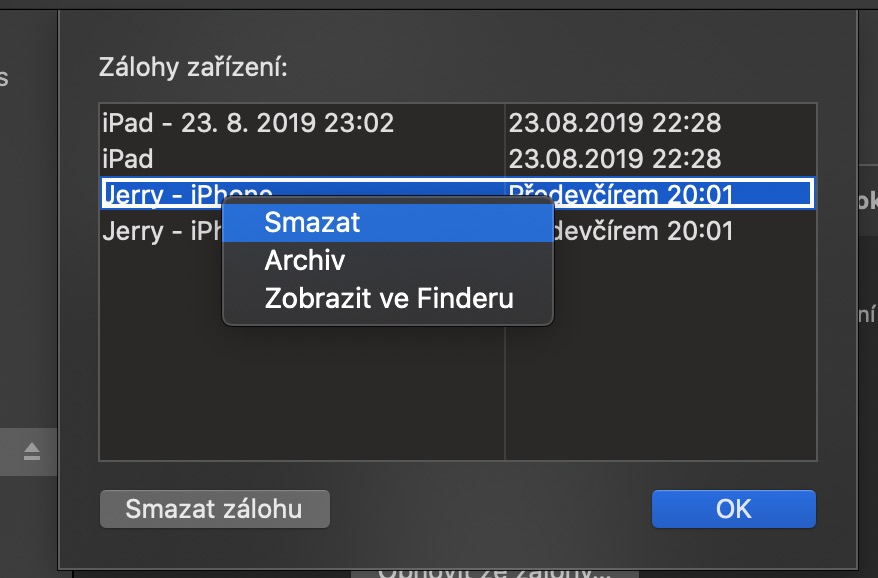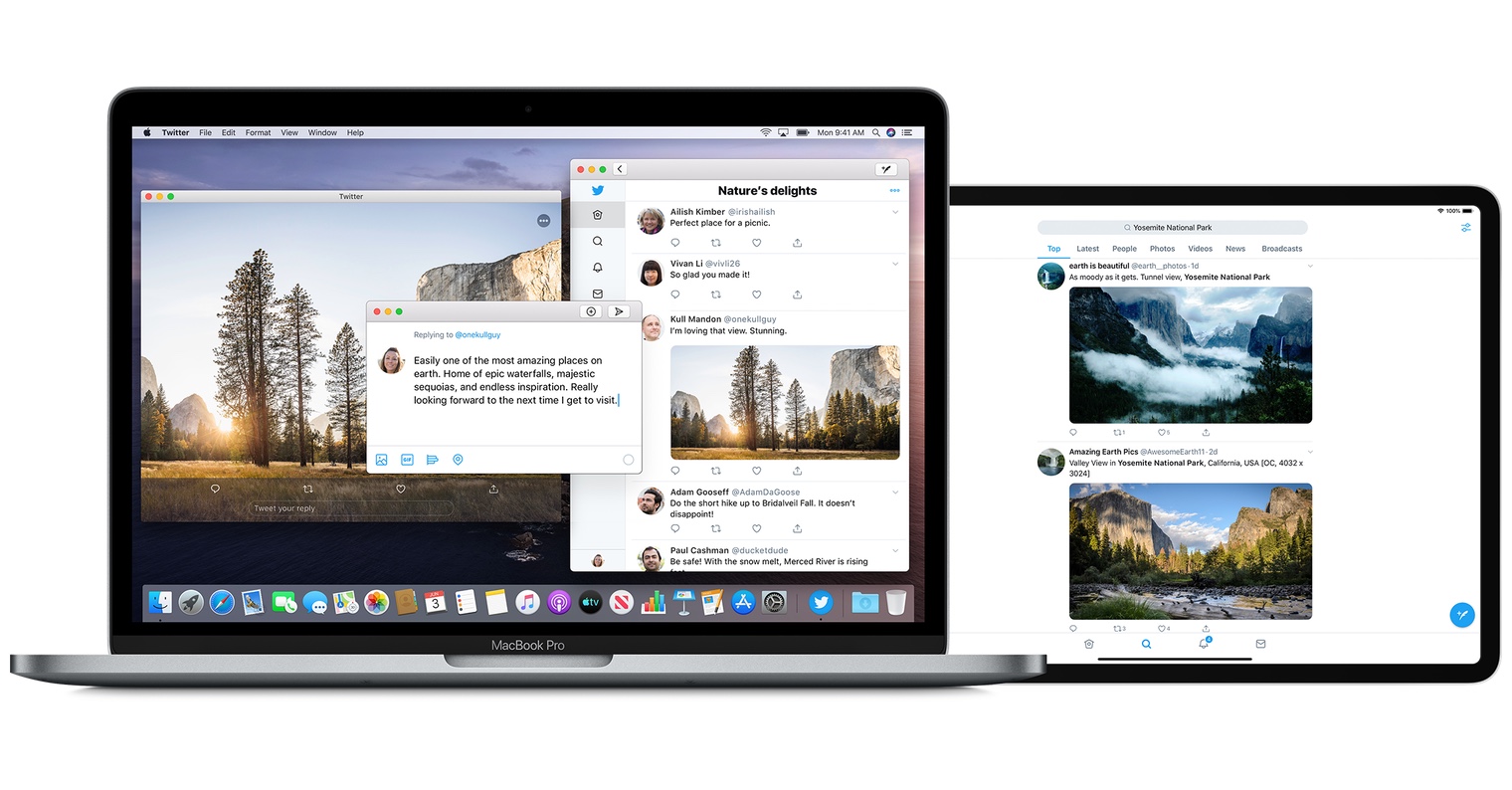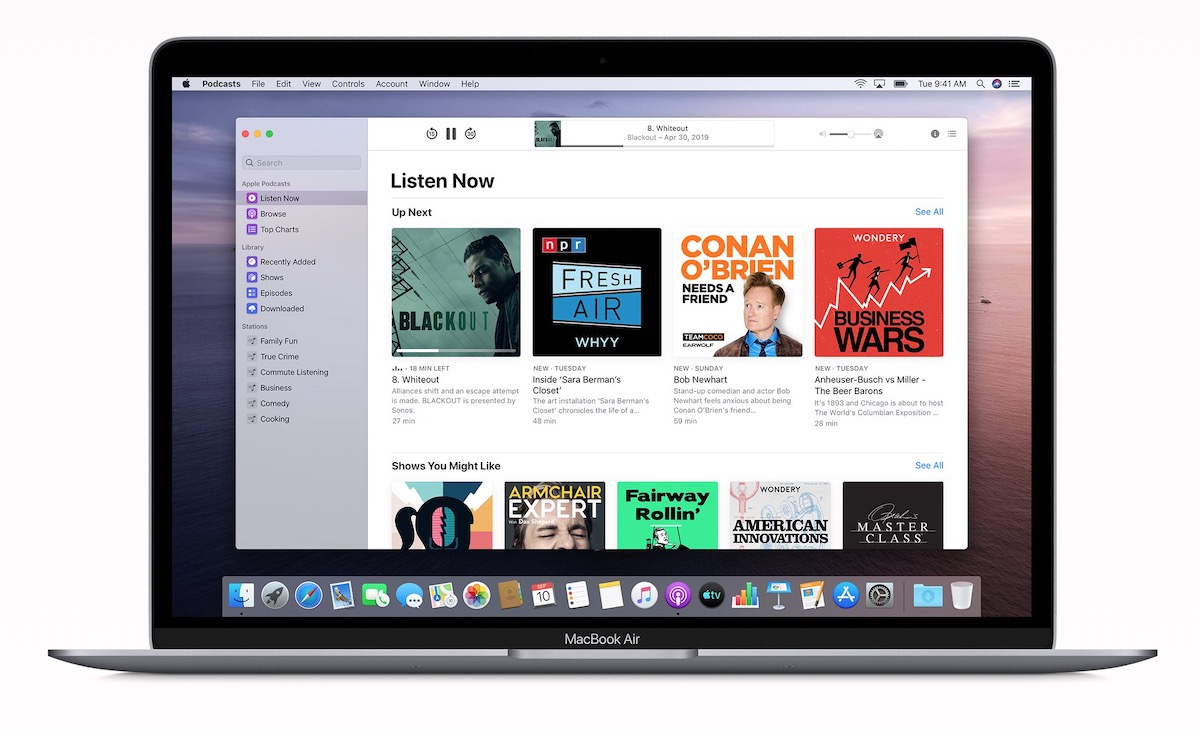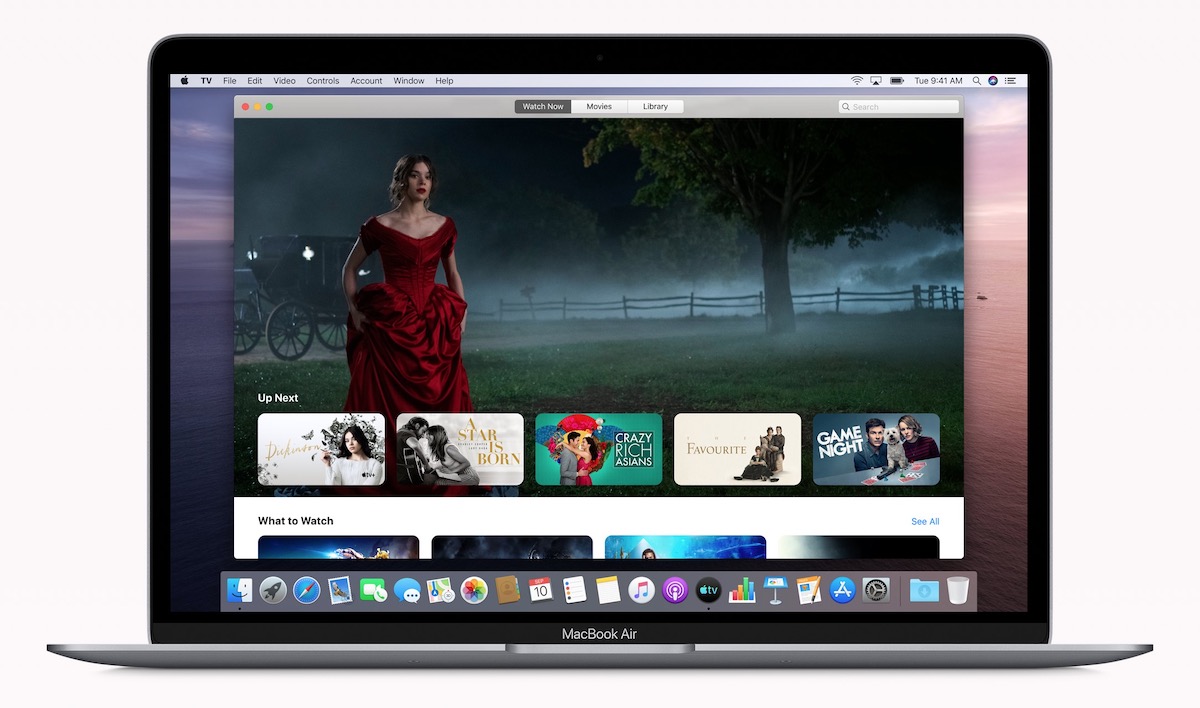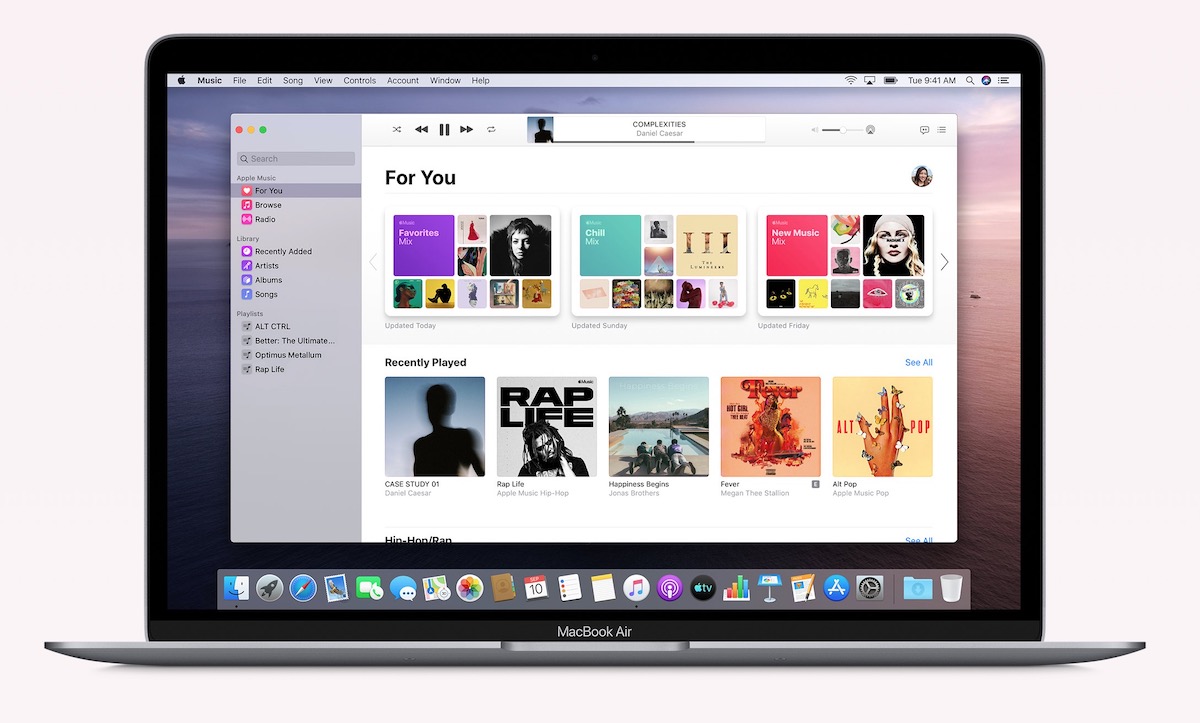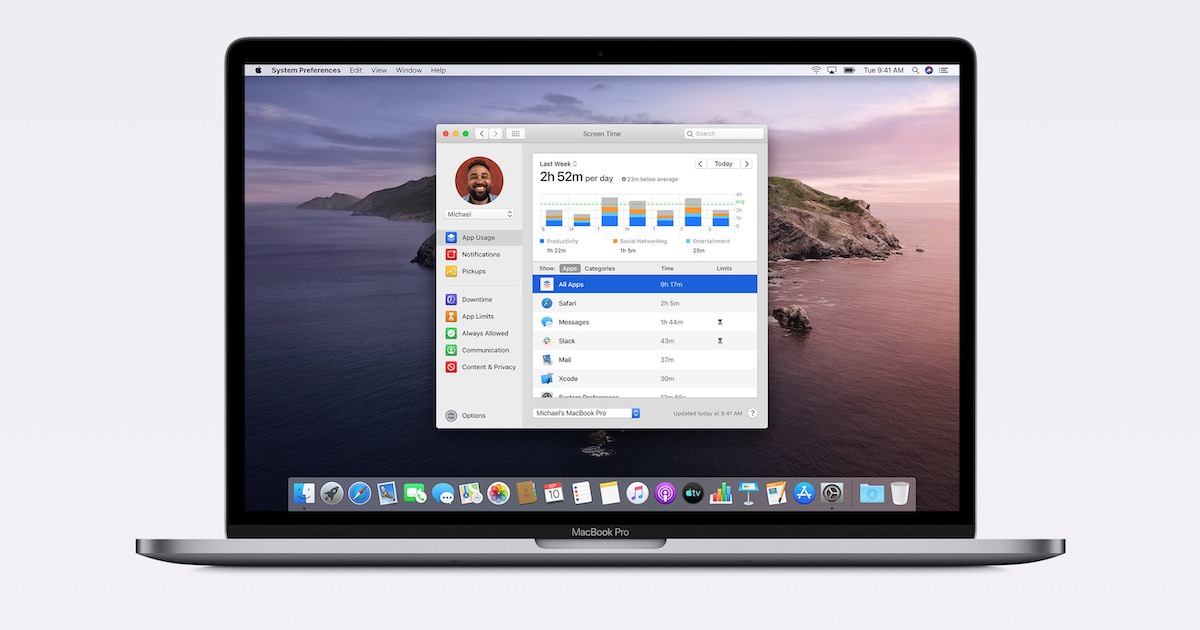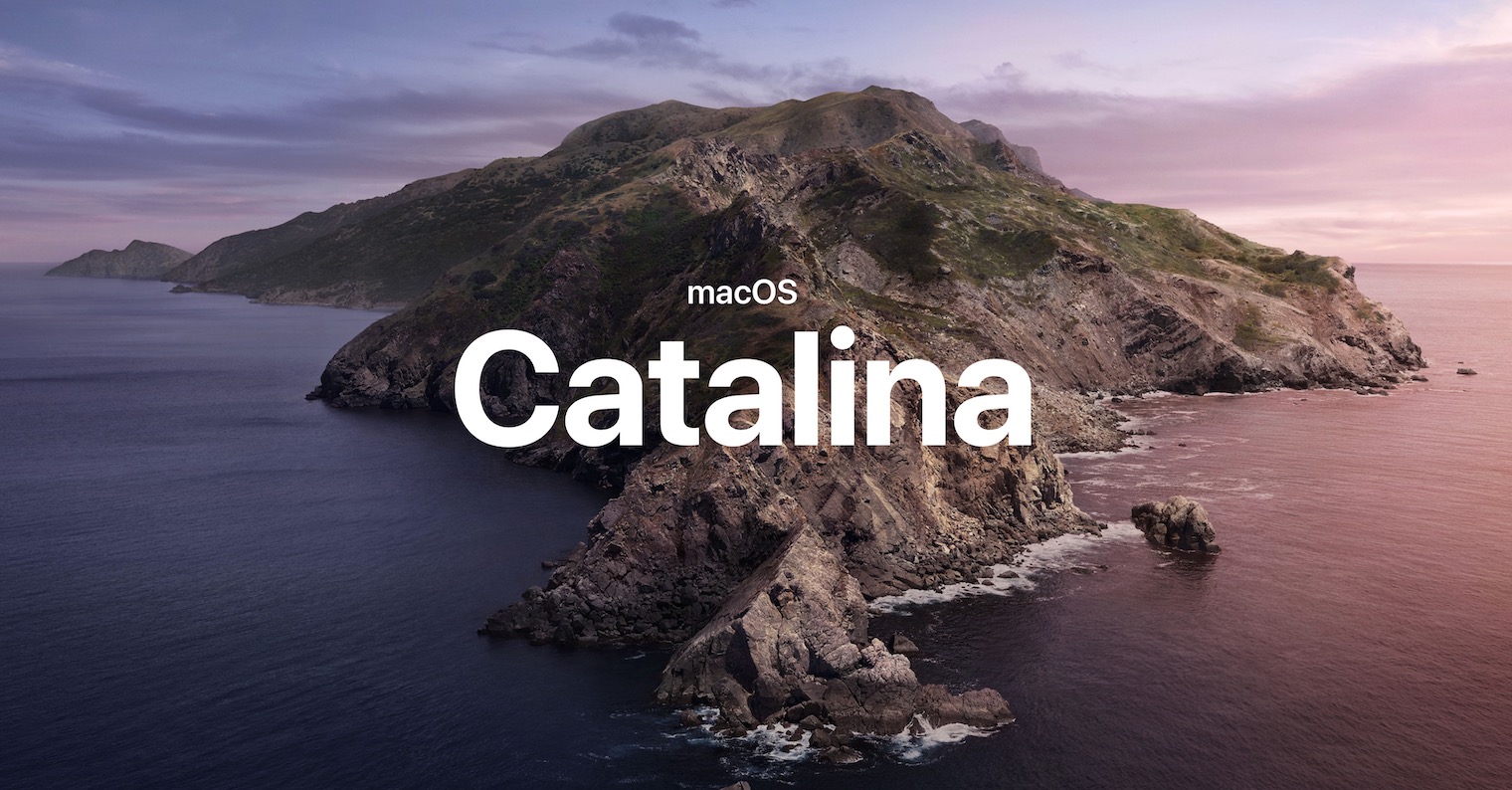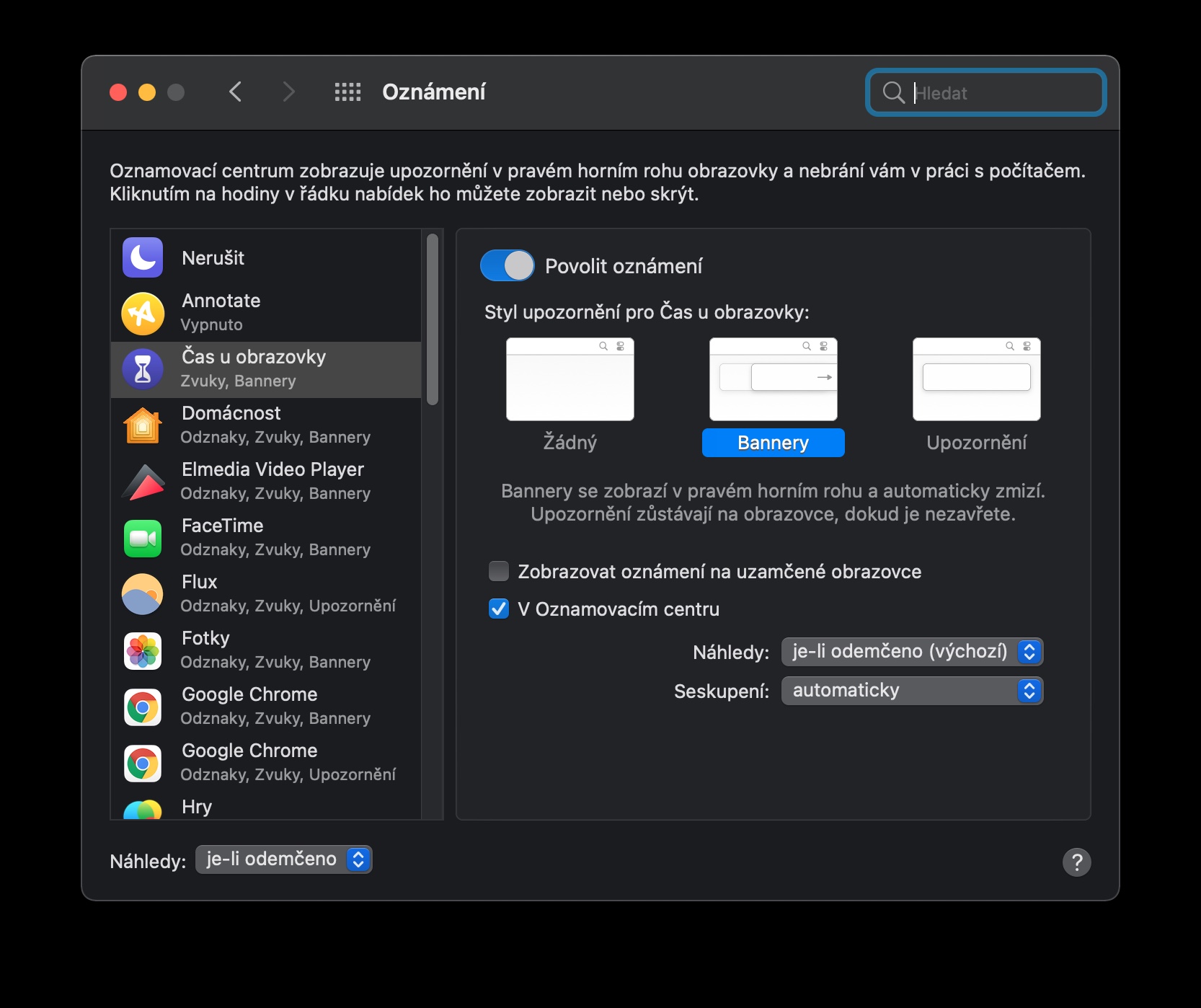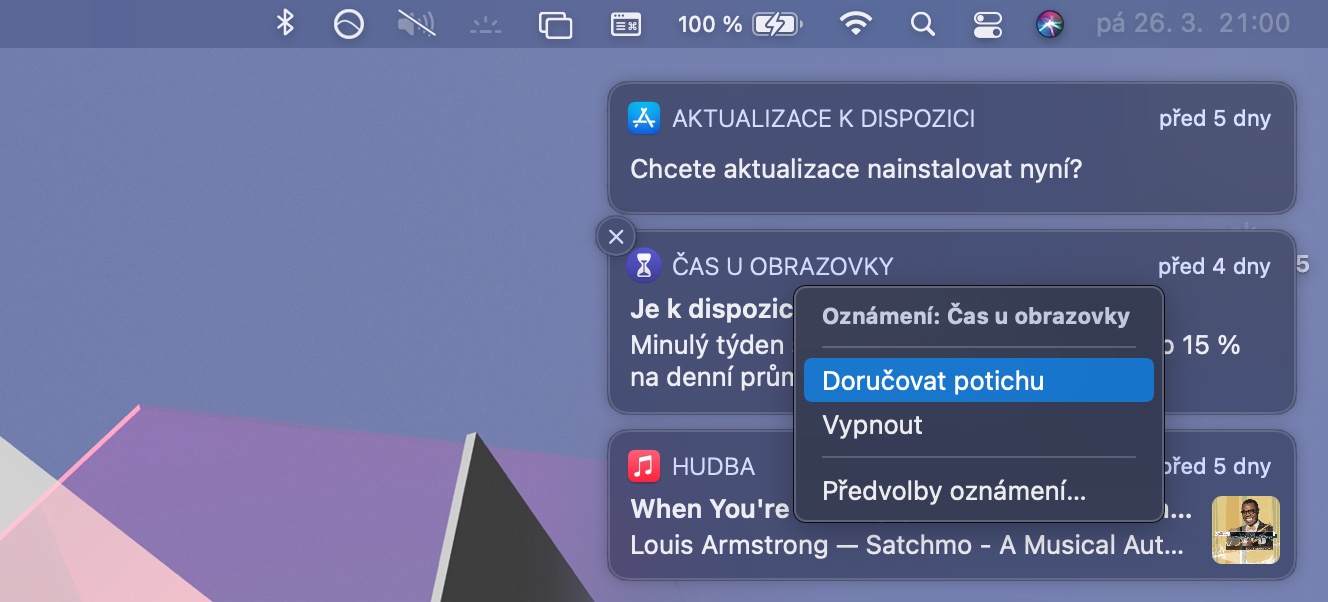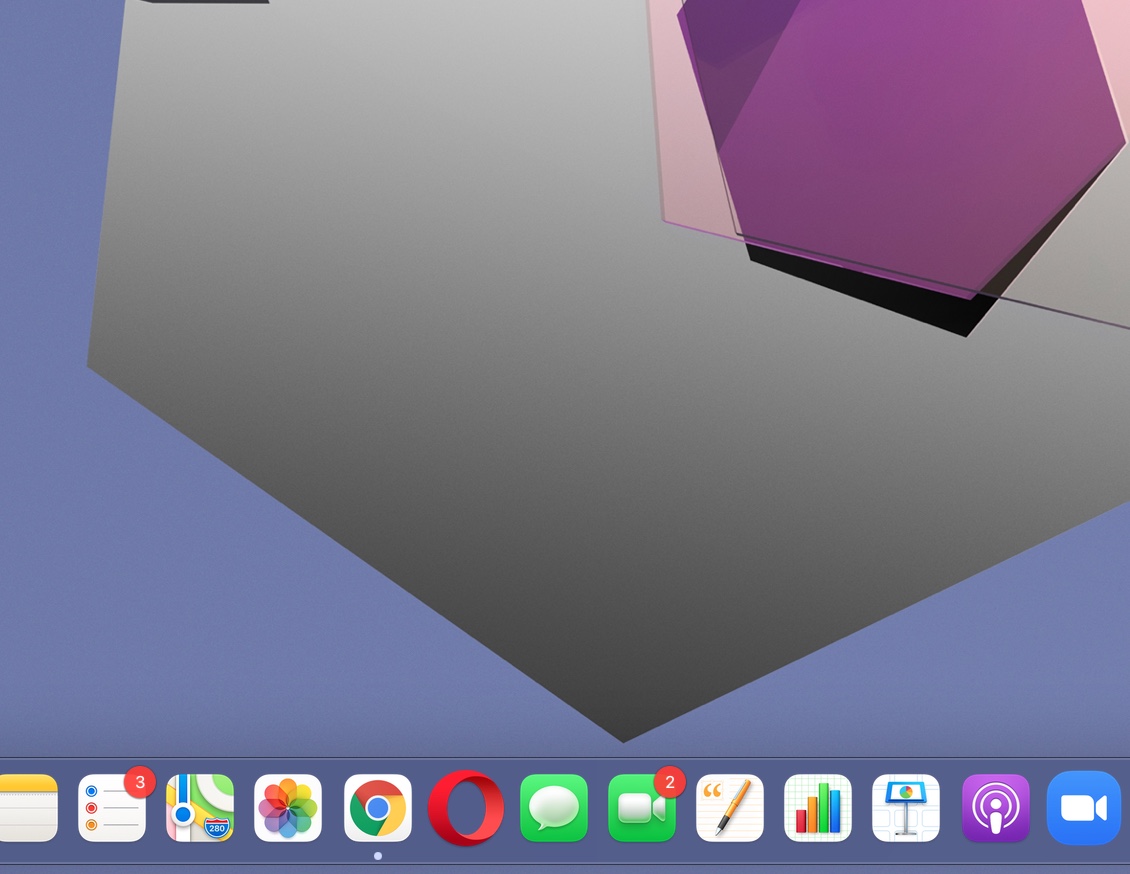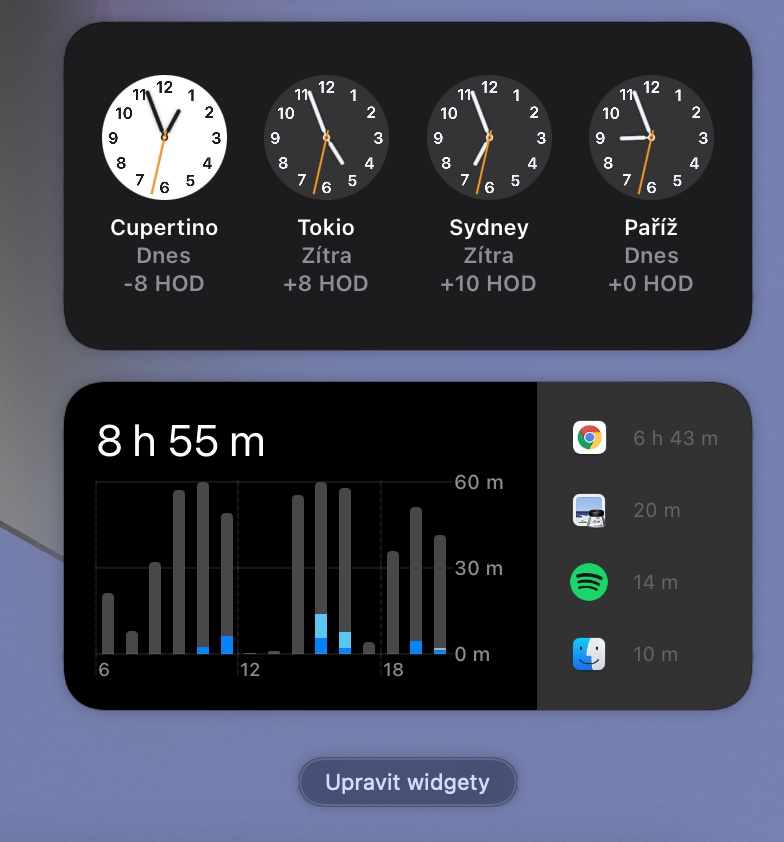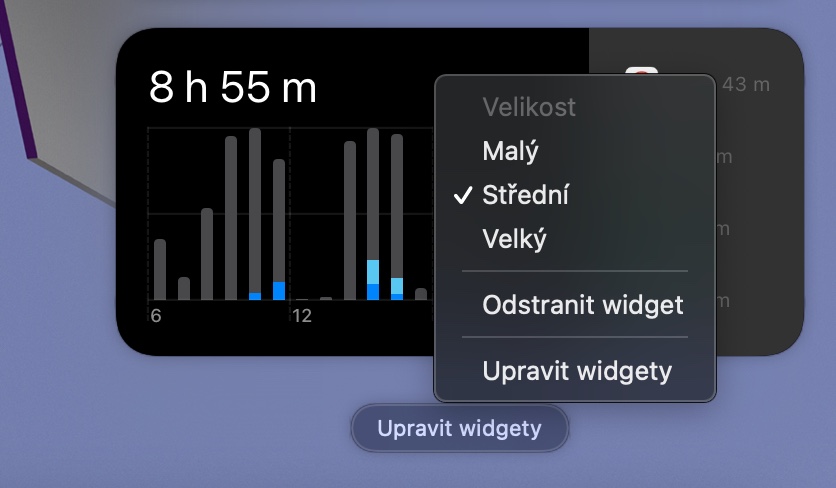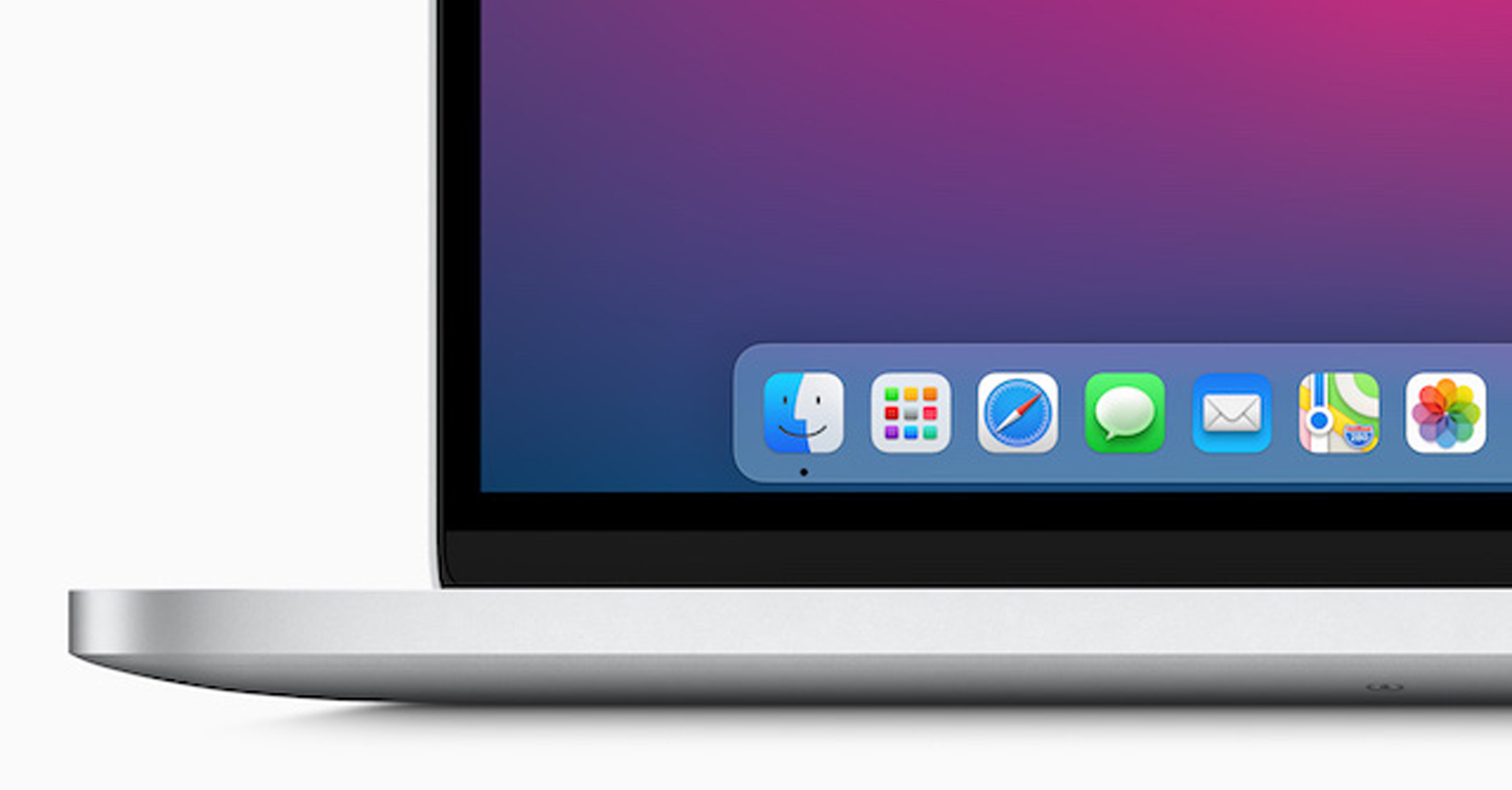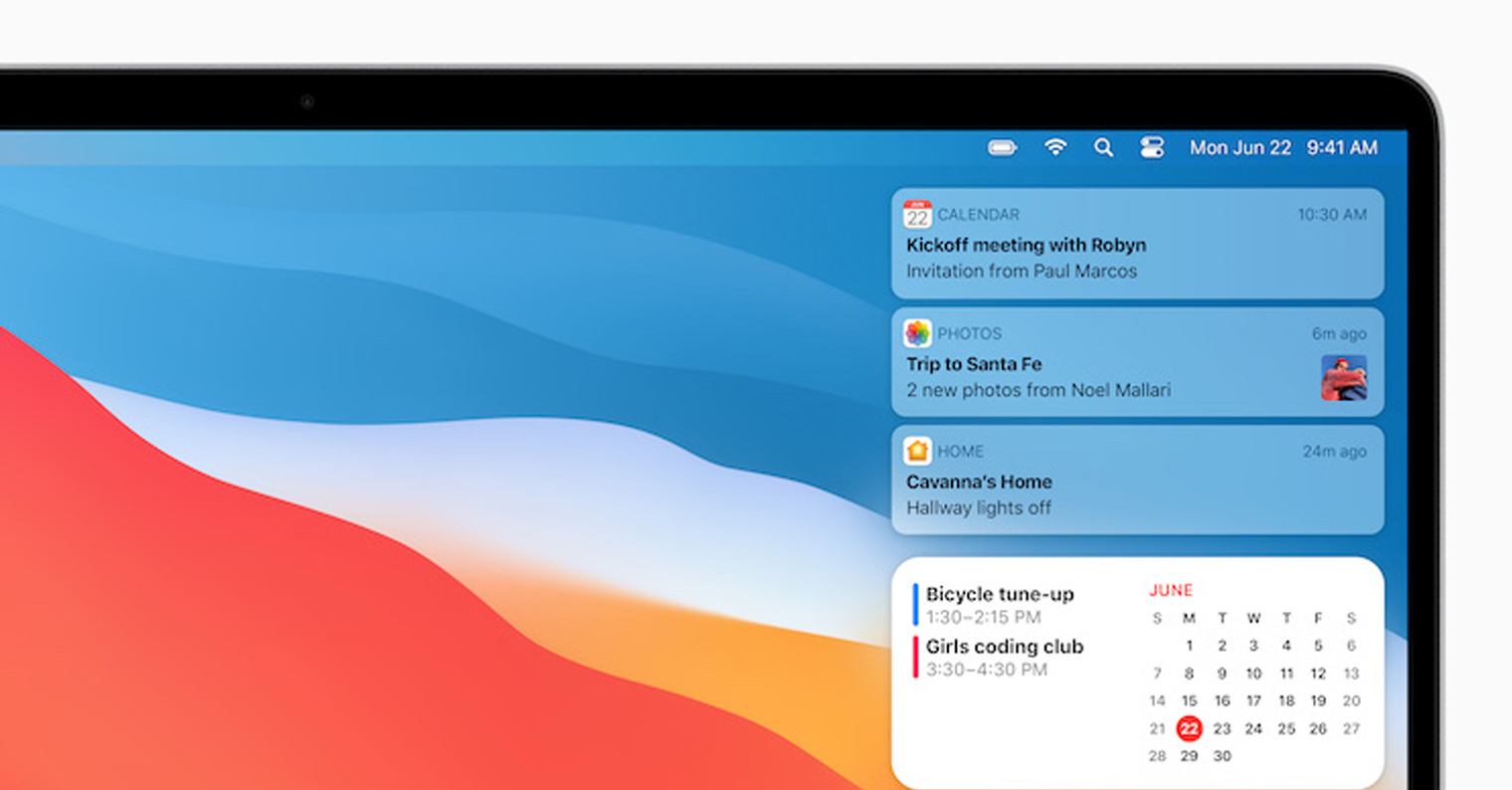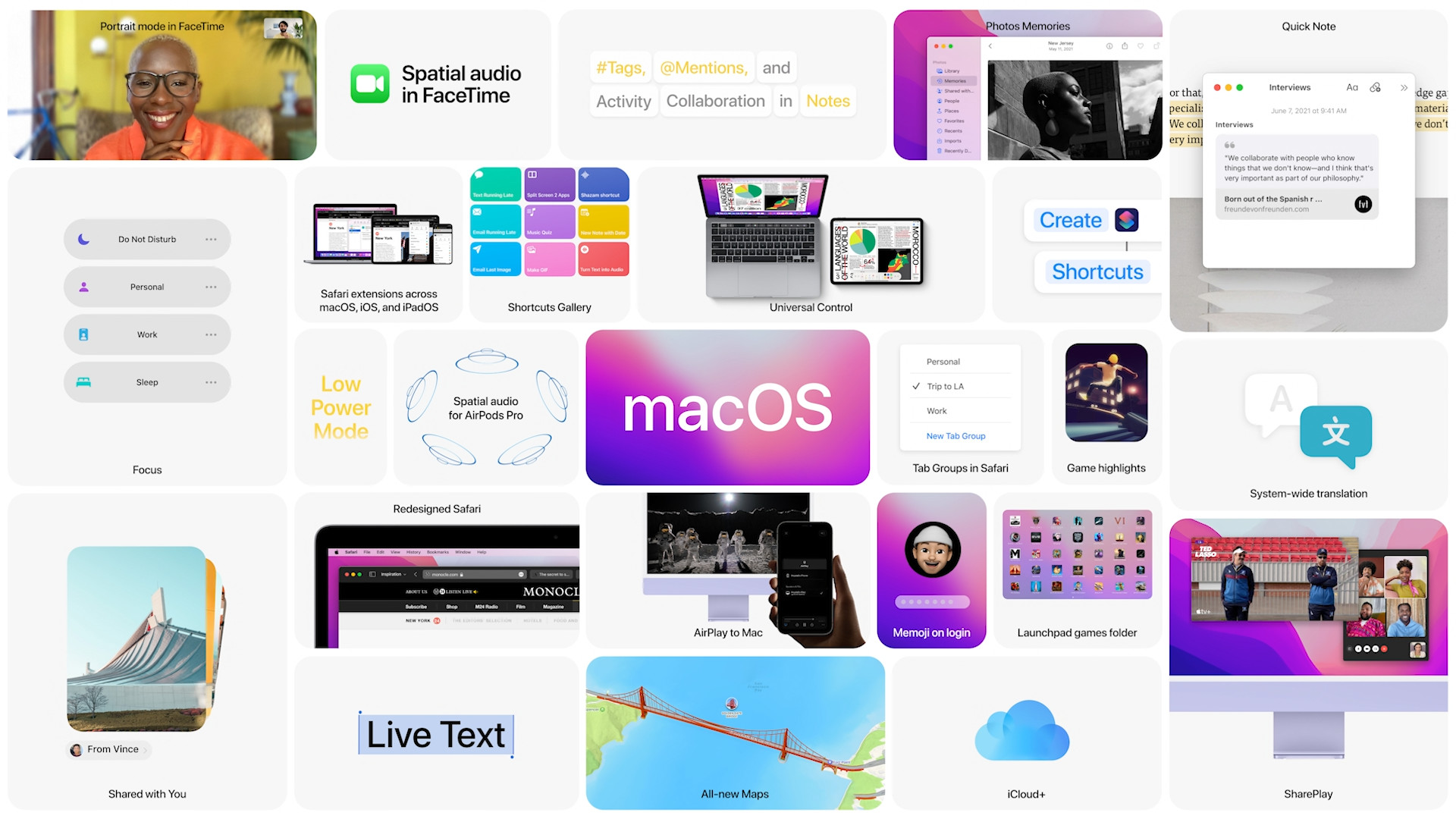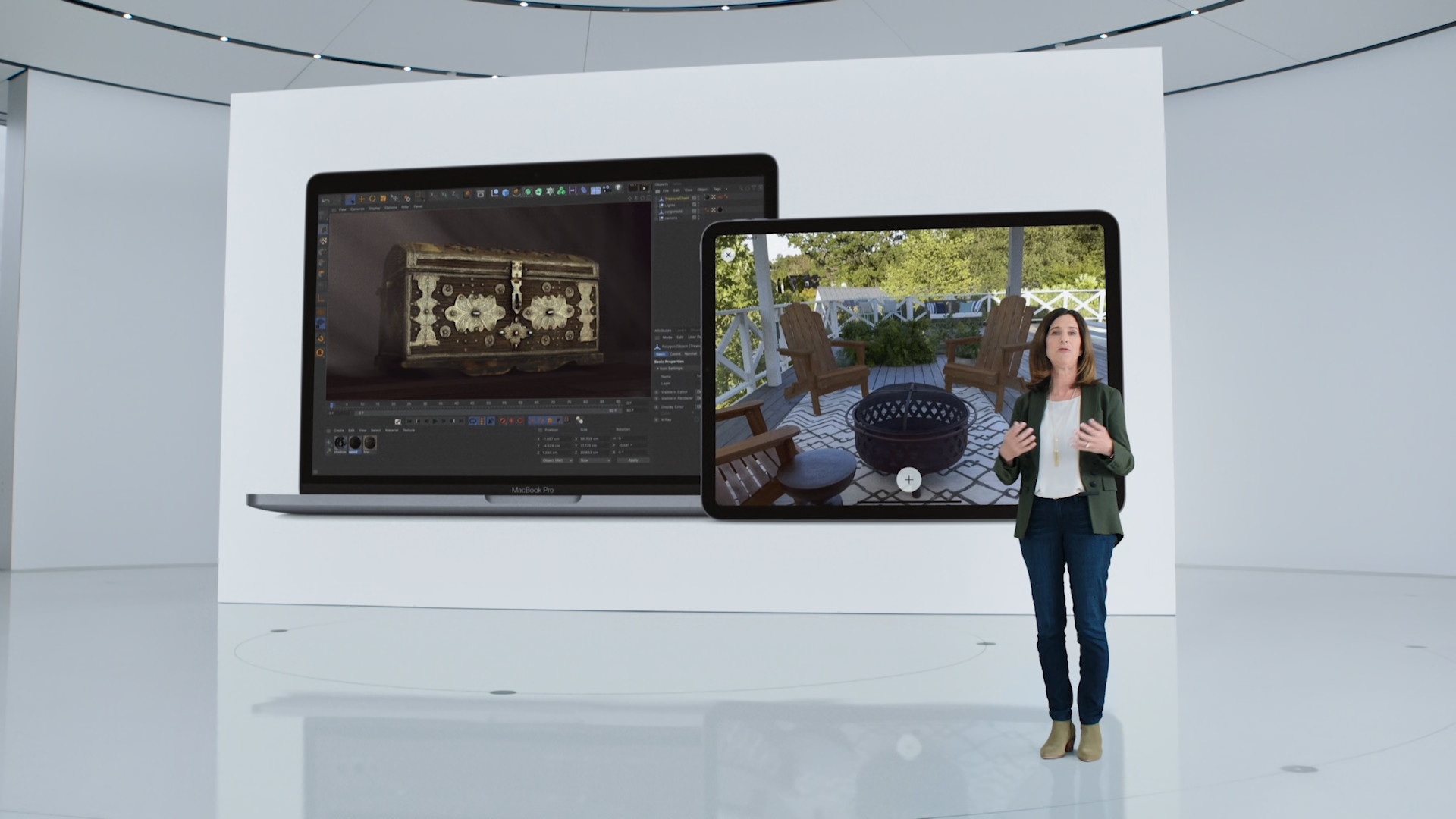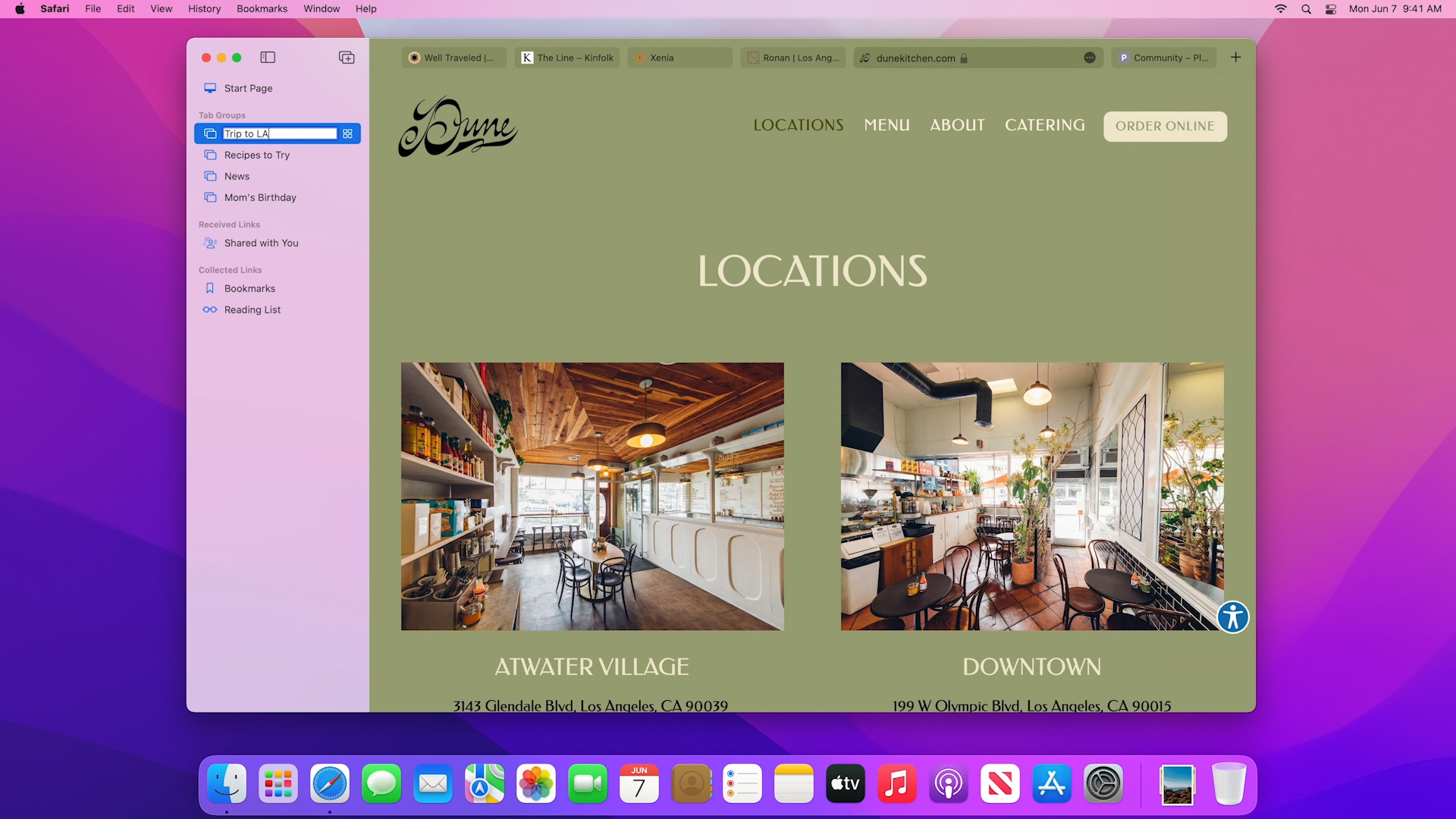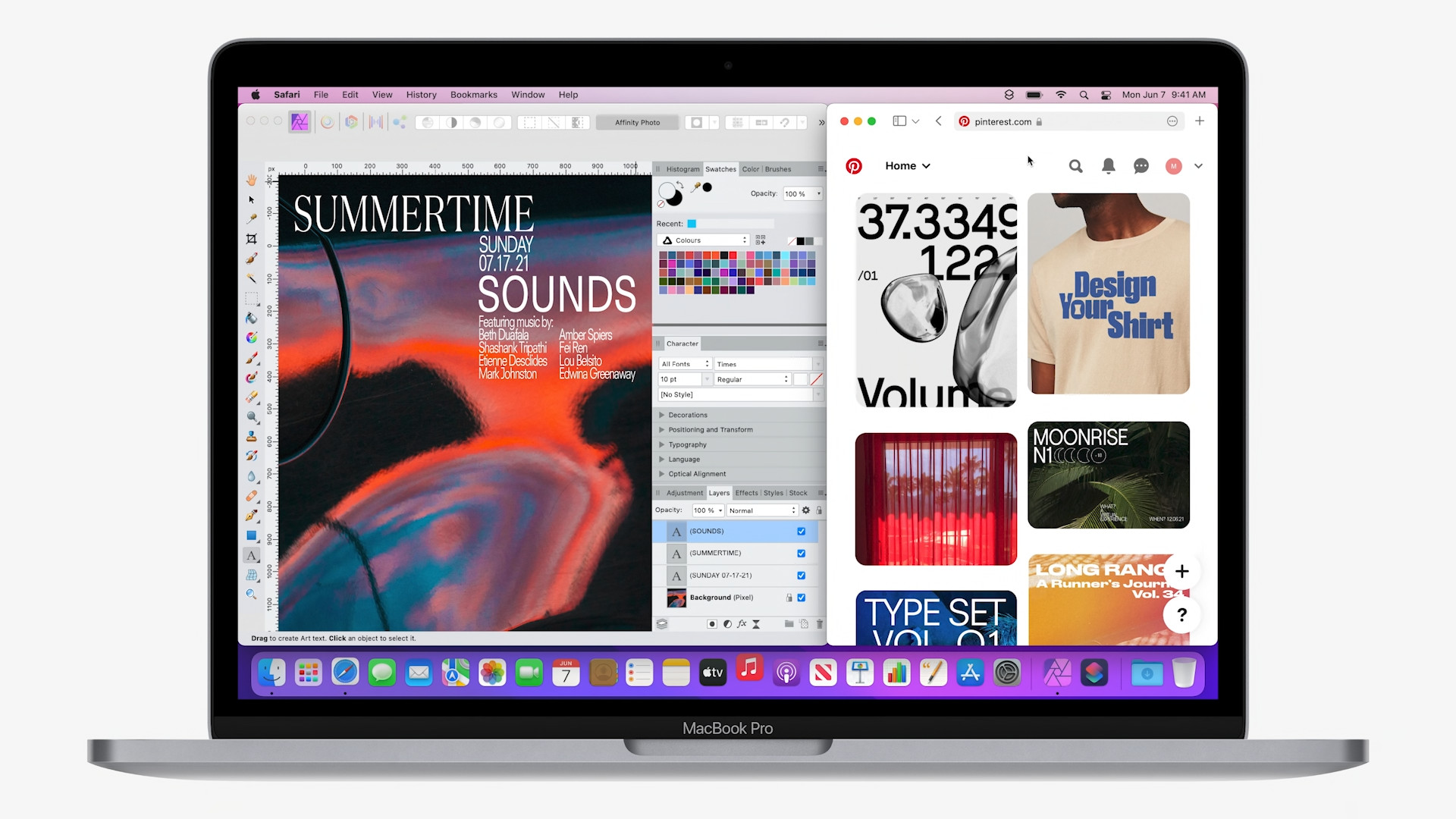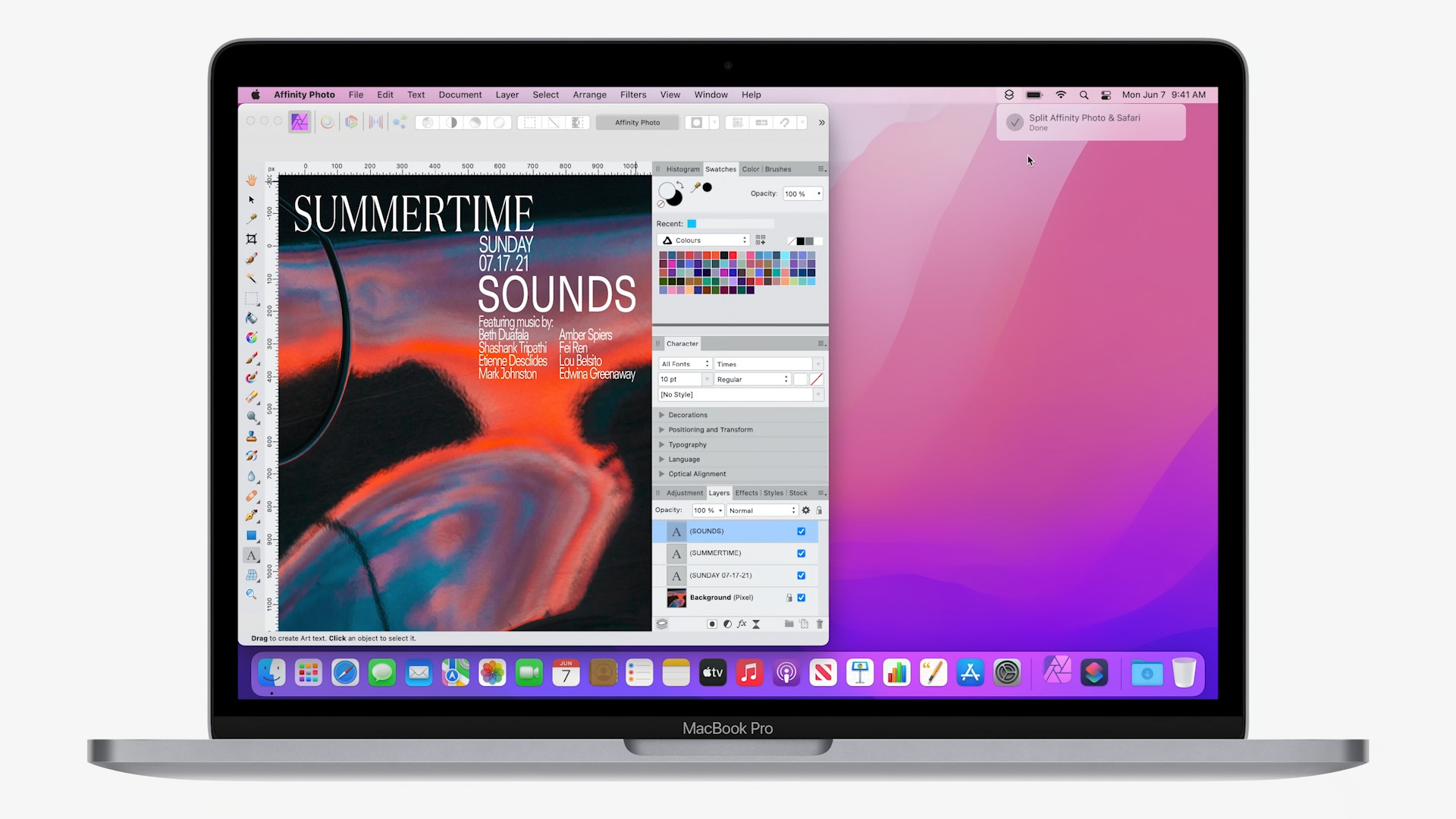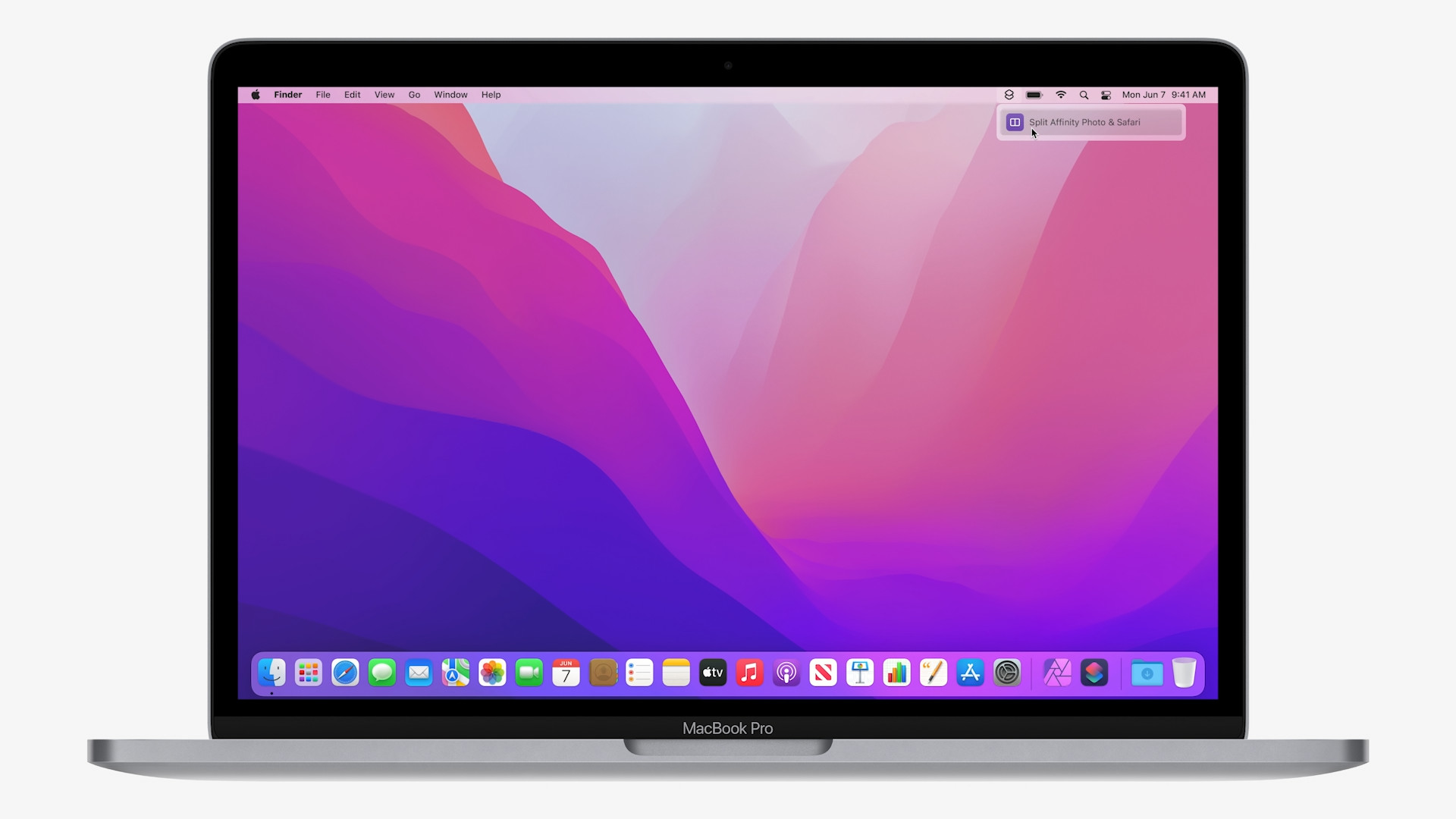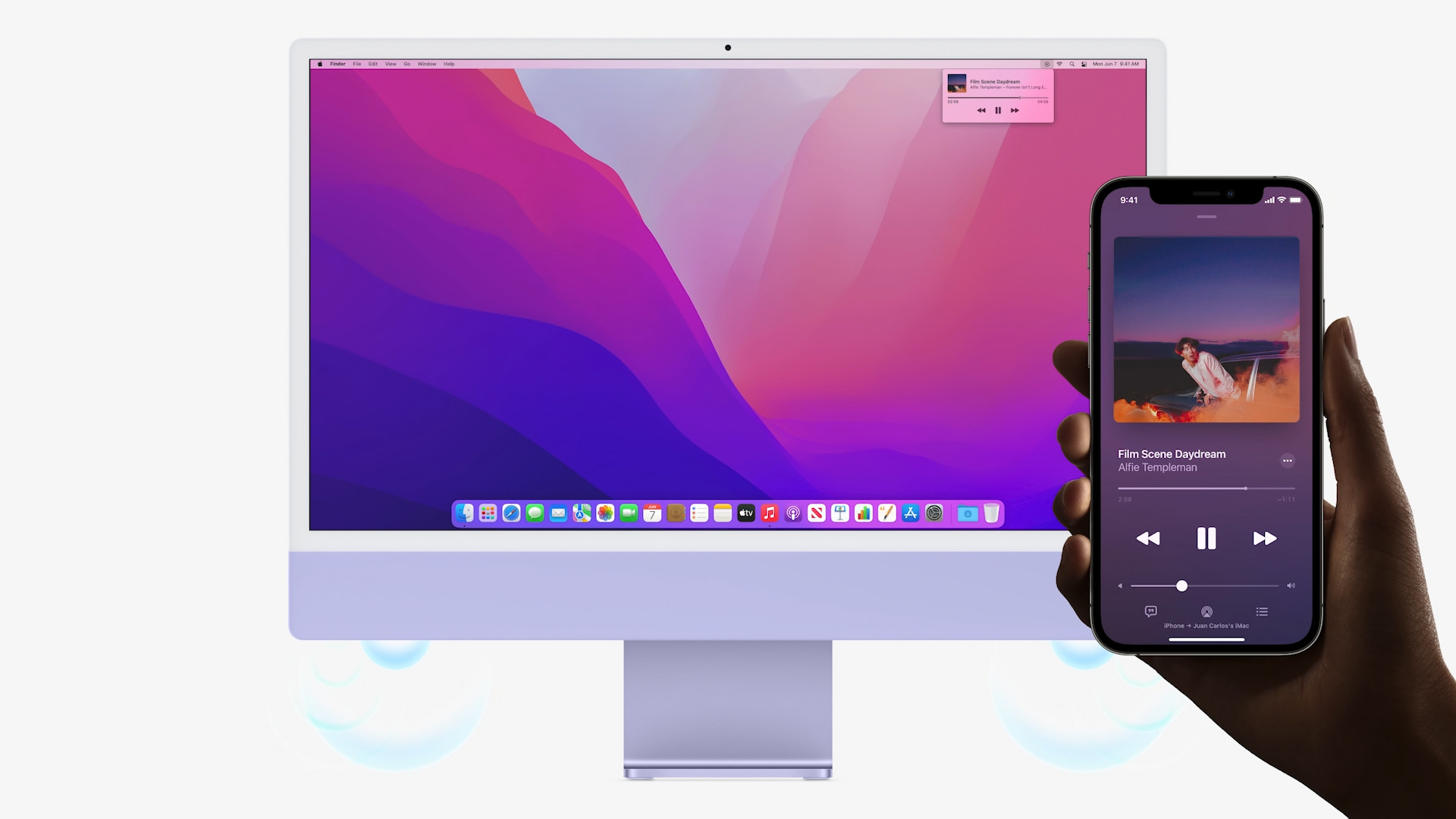Apple presented its new macOS 12 Monterey operating system during its opening Keynote for this year's developer conference WWDC. Of course, the Mac system has a long history from which the current one is based. Go through the history of OS X and macOS since 2001, nicely version by version.
It could be interest you
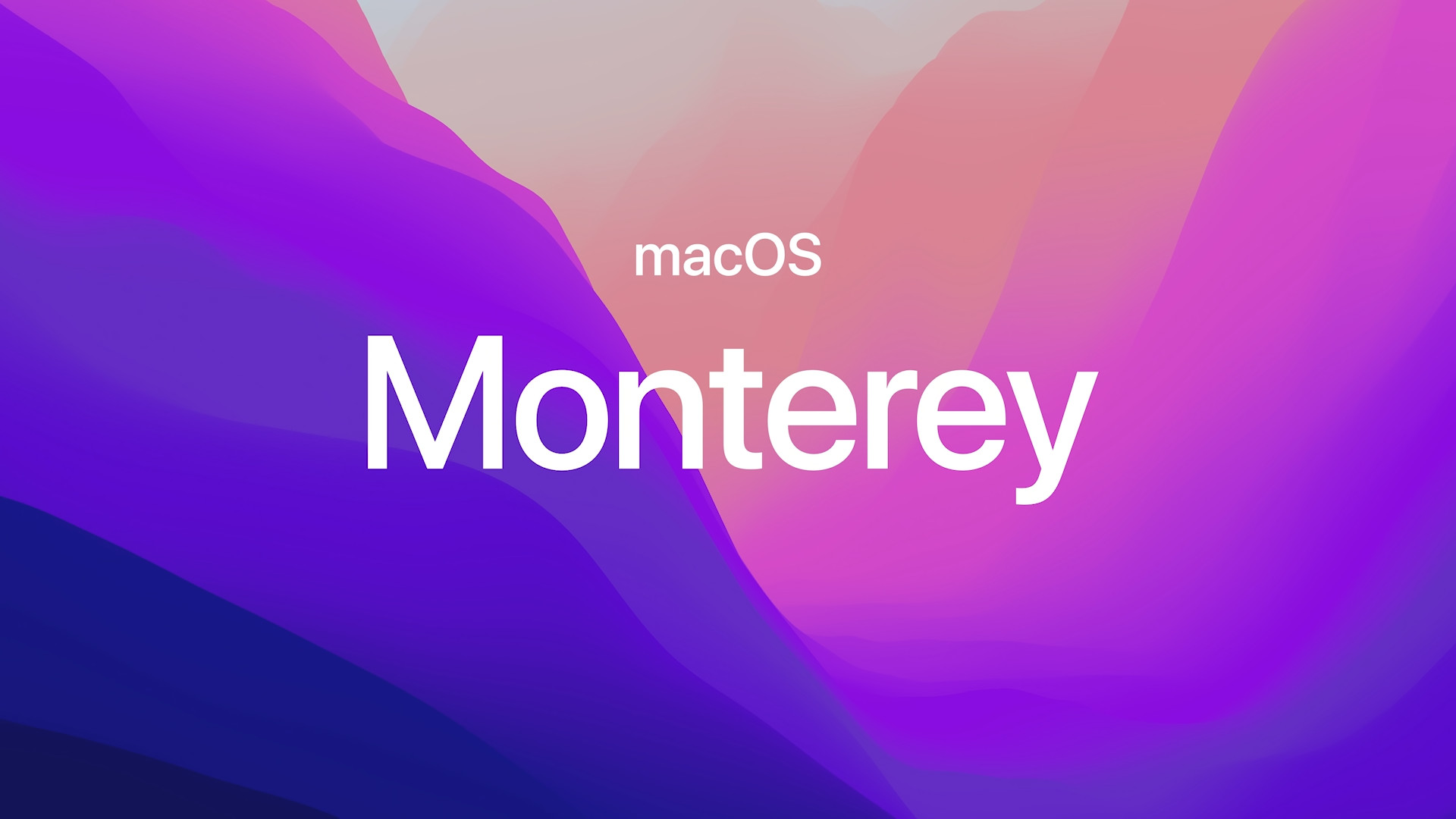
Mac OS X 10.0 Cheetah
The first version of the Mac OS X operating system was codenamed Cheetah. It was released in March 2001, and its price was $129. It offered features such as Dock, Terminal or native Mail, and featured, among other things, the legendary Aqua user interface. This operating system also included applications such as TextEdit, the Sherlock search tool or even a directory. Mac OS X was the first major public release of Apple's new computer operating system. The last version of Mac OS X 10.0, labeled 10.0.4, was released in June 2001.
Mac OS X 10.1 Cougar
Mac OS X 10.1 Puma operating system was released in September 2001, its latest version 10.1.5 saw the light of day in June 2002. With the arrival of Mac OS X Puma, users saw improvements in terms of performance, support for DVD playback, easier CD and DVD burning and a number of minor improvements. Mac OS X 10.1 was unveiled at Apple's conference in San Francisco, with conference attendees receiving a free copy of the OS. Others had to buy the Puma from Apple Stores or authorized resellers.
Mac OS X 10.2 Jaguar
Mac OS X 10.1 Jaguar was the successor to Mac OS X 2002 Puma in August 10.2. With its arrival, users received a number of features and innovations that have been part of desktop operating systems until now – for example, support for the MPEG-4 format in the QuickTime application or the Inkwell function for handwriting recognition. Jaguar was available either as a stand-alone copy or as a family package that could be installed on up to five different computers. For example, the Rendezvous feature made its debut here, facilitating the cooperation of devices connected to the same network. The last version of Mac OS X 10.2 Jaguar was called 10.2.8 and was released in October 2003.
Mac OS X 10.3 Panthers
Another of the operating systems, named after large felines, was released in October 2003, and its latest version, 10.3.9, appeared in April 2005. The fourth major version of the OS X operating system brought, for example, the Finder application, the ability to quickly switch between multiple users, the Exposé function for easier management of open windows or the native Preview for working with images and annotating PDF files. Other innovations included the Book of Fonts, the FileVault encryption tool, support for audio and video conferences in the iChat application, or even the Safari web browser.
Mac OS X 10.4 Tiger
Apple released its Mac OS X 10.4 Tiger operating system in April 2005. For example, the Spotlight feature made its debut in Tiger, which we still use in the current version of macOS with numerous improvements. Other news included a new version of the Safari browser, the Dashboard function or improved support for 64-bit applications for the Power Mac G5 computer. Apple also introduced the Automator utility, the VoiceOver function for visually impaired users, an integrated dictionary and thesaurus, or perhaps the Grapher application. The last version of Mac OS X Tiger, labeled 10.4.11, was released in November 2007.
Mac OS X 10.5 Leopard
In October 2007, Apple released its new operating system called Mac OS X 10.5 Leopard. In this update, a number of functions and applications, such as Automator, Finder, dictionary, Mail or iChat, have been improved. Apple also introduced the Back to My Mac and Boot Camp functions here, and added the native iCal application (later Calendar) or the Time Machine tool, enabling the backup of Mac content. The user interface has also received changes and improvements, where many elements have become transparent and the Dock has acquired a 3D appearance. The last version of Mac OS X 10.5 Leopard was named 10.5.8 and was introduced in August 2009.
Mac OS X 10.6 Snow Leopard
Mac OS X 10.6 Snow Leopard was released in August 2009. It was the first version of OS X designed for computers with Intel processors, and among the innovations brought by this update was the all-new Mac App Store. Finder, Boot Camp, iChat and other tools and applications have been improved, multitouch support for the new Apple laptops from 2008 has also been added. AppleTalk functions. The latest version of Snow Leopard, labeled 10.6.8, was released in July 2011.
Mac OS X 10.7 Lion
Apple released its Mac OS X 10.7 Lion in July 2011. This news brought, for example, support for AirDrop technology, a push notification function, automatic saving in documents or an improved spell check function. There was also emoji support, a new FaceTime service, a new version of the Book of Fonts, or perhaps improvements to the FileVault function. Another welcome innovation was the system-wide support for full-screen display of applications, which was added to the language equipment Czech, and Launchpad - a function for launching applications that resembles iOS in appearance - also made its debut here. The last version of Mac OS X Lion, labeled 10.7.5, was released in October 2012.
It could be interest you
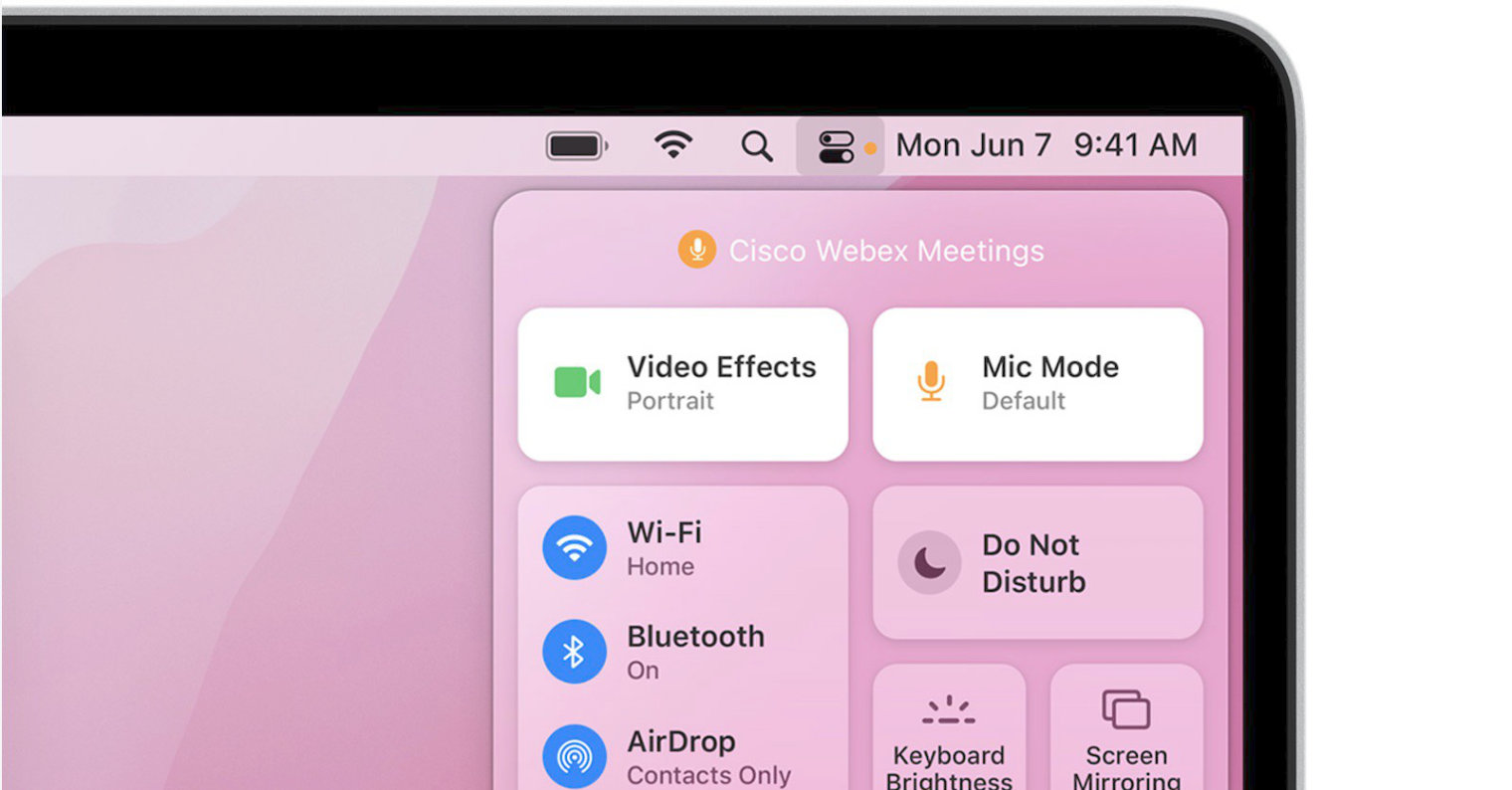
Mac OS X 10.8 Mountain Lion
The next version of OS X, called 10.8 Mountain Lion, was introduced in July 2012. Here, Apple introduced, for example, a new Notification Center, native Notes, Messages, introduced the Game Center service or support for monitor mirroring via AirPlay technology. The PowerNap function was added, the ability to automatically update applications directly from the Mac App Store, and the MobileMe platform was replaced by iCloud. The last version of Mac OS X Mountain Lion was 10.8.5 and was released in August 2015.
Mac OS X 10.9 Mavericks
In October 2013, Apple released its Mac OS X 10.9 Mavericks operating system. As part of it, for example, the App Nap function for inactive applications, OpenGL 4.1 and OpenCL 1.2 support was introduced, and some skeuomorphic elements in the user interface were removed. Added iCloud Keychain, LinkedIn platform integration, and the Finder was improved in the form of tabs. Other new features introduced in Mac OS X Mavericks included iBooks (now Apple Books), new native Maps, and a native Calendar. The latest version of Mavericks, labeled 10.9.5, was released in July 2016.
Mac OS X 10.10 Yosemite
Mac OS X 2014 Yosemite became another of Apple's operating systems, which borrowed its name from locations in sunny California, in October 10.10. This news brought a significant redesign of the user interface, in which Apple said goodbye to skeuomorphism, following the example of iOS 7. New icons and themes have been added, Continuity has been introduced, and iPhoto and Aperture have been replaced by native Photos. The Spotlight tool has received partial improvements, and new elements have been added to the Notification Center. The last version of Mac OS X 10.10 Yosemite was called 10.10.5 and was released in July 2017.
Mac OS X 10.11 El Capitan
In September 2015, Apple released its Mac OS X 10.11 El Capitan operating system. In addition to improvements in performance, design and privacy, this version also brought news in the form of better window management with support for the Split Screen function, support for multi-touch gestures in native Messages and Mail, display of public transport in native Maps or perhaps a complete redesign of Notes. The Safari browser has also been improved, support for third-party extensions has been added to native Photos. The latest version of Mac OS X El Capitan, labeled 10.11.6, was released in July 2018.
Mac OS X 10.12 Sierra
The successor to Mac OS X El Capitan was Mac OS X 2016 Sierra in September 10.12. With the arrival of this update, users received, for example, a desktop version of the Siri voice assistant, richer storage management options, support for unlocking the Mac using the Apple Watch, or perhaps the Universal Clipboard for copying and pasting content across Apple devices. The Picture-in-Picture function was added to Safari, and users could also use the Night Shift function for gentler viewing in the evening and at night. With the arrival of Mac OS X Sierra, Apple also introduced support for the Apple Pay payment service on the Mac. The last version of Mac OS X Sierra was called 10.12.6 and was released in August 2019.
Mac OS X 10.13 High Sierra
In September 2017, Apple released its Mac OS X 10.3 High Sierra operating system. This news brought, for example, redesigned native Photos, improved Mail or new privacy protection tools in the Safari web browser. Native Messages received support for iCloud, and users could also notice performance improvements. Apple also said in connection with Mac OS X High Sierra that it focused on technical details rather than new features. The latest version of Mac OS X High Sierra, labeled 10.13.6, was released in November 2020.
macOS Mojave
The successor to Mac OS X High Sierra was the macOS Mojave operating system in September 2018. Here, Apple introduced the designation "macOS" instead of the previous Mac OS X, and also introduced innovations such as a system-wide dark mode. macOS Mojave was also the last desktop operating system from Apple to offer support for 32-bit applications. New native applications Dictaphone, Actions, Apple News (for selected regions) and Home have also been added. macOS Mojave ended the integration with Facebook, Twitter, Vimeo and Flickr platforms, offered improvements to a number of native applications, and also added support for group calls via FaceTime. The last version of the macOS Mojave operating system was called 10.14.6 and was released in May 2021.
macOS 10.15 Catalina
In October 2019, Apple released its macOS 10.15 Catalina operating system. Catalina brought news in the form of the Sidecar function, allowing the iPad to be used as an additional monitor, or perhaps support for wireless game controllers. Find Friends and Find Mac have merged into the Find platform, and the native Reminders, Voice Recorder, and Notes apps have also been redesigned. Instead of iTunes, macOS Catalina featured separate Music, Podcasts, and Books apps, and management of connected iOS devices was done through the Finder. Support for 64-bit applications has also been discontinued. The latest version of macOS Catalina, marked 10.15.7, was released in May 2021.
macOS 11 BigSur
Last fall, Apple released its macOS 11 Big Sur operating system. Along with the arrival of this news, users saw, for example, a redesign of the user interface, when some elements began to resemble UI elements from the iOS operating system. A new Control Center has been added, the Notification Center has been redesigned, and support for iOS and iPadOS applications has been introduced. The process of software updates has been accelerated, the Safari browser has gained better options for customization and privacy management. Native News has received new features, and the App Store has also been redesigned. New functions have also been added in native Maps, Notes, or perhaps Dictaphone. Adobe Flash Player support has been discontinued.
macOS 12 Monterey
The latest addition to Apple's family of desktop operating systems is macOS 12 Monterey. This innovation brought, for example, the Universal Control function for controlling multiple Macs at the same time with a single keyboard and mouse, the native Shortcuts application, known from the iOS operating system, the AirPlay to Mac function for mirroring the display on the Mac screen, or perhaps the improved Safari web browser with the ability to create card collections. Other new features in macOS 12 Monterey include improved privacy protection functions, SharePlay functions or even Focus mode.



